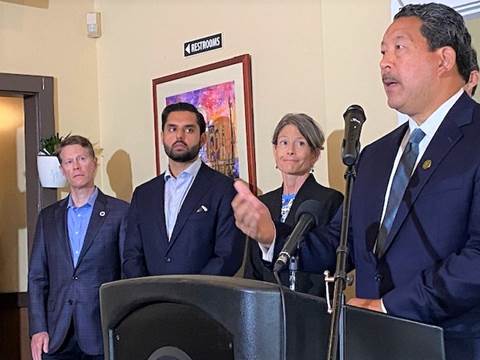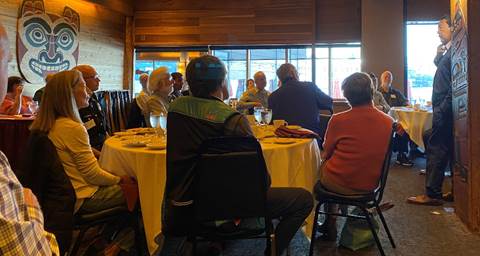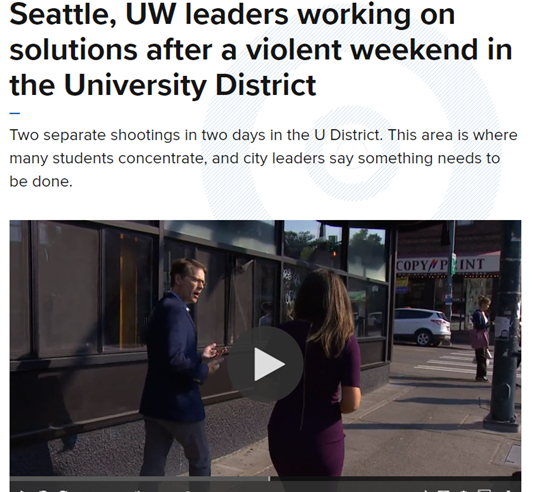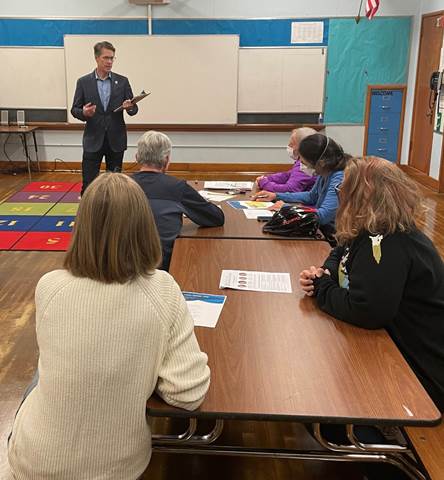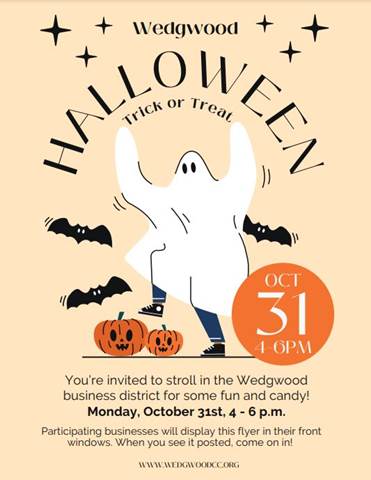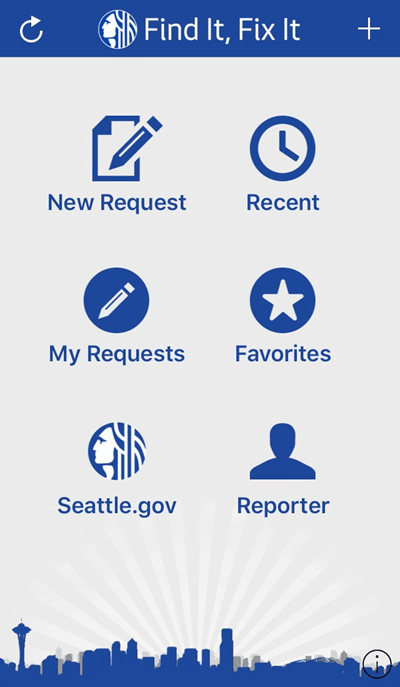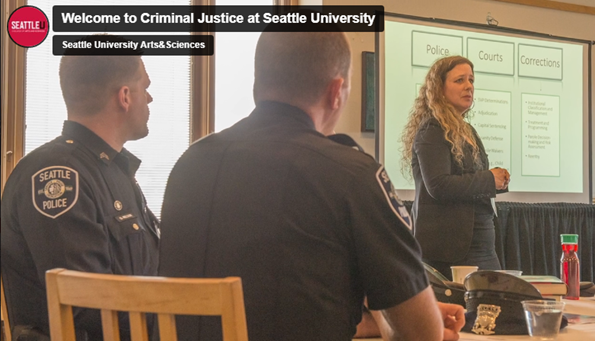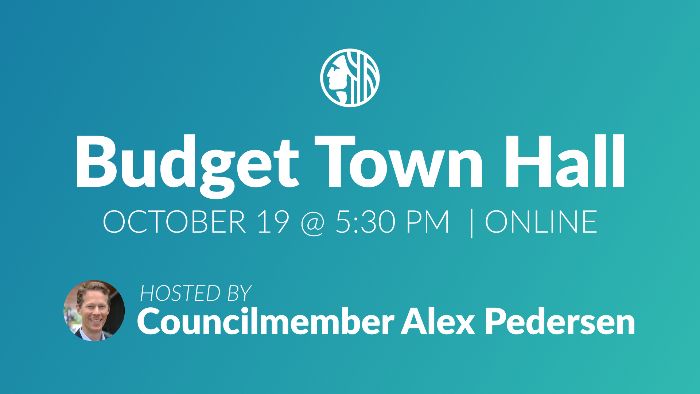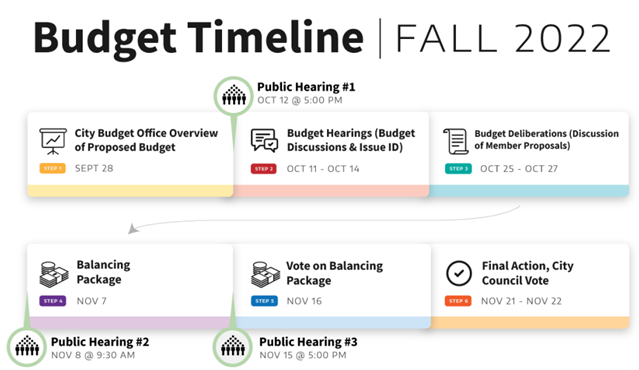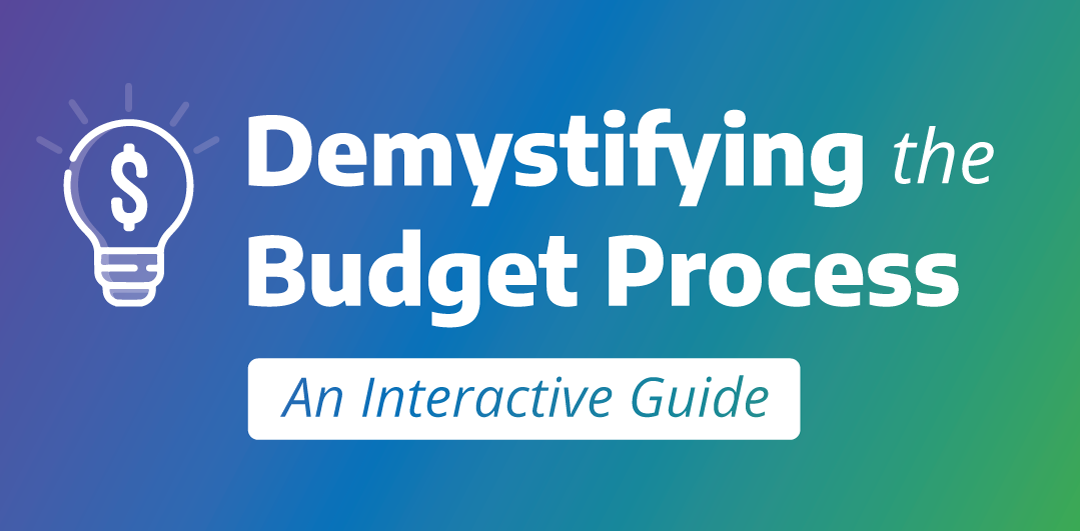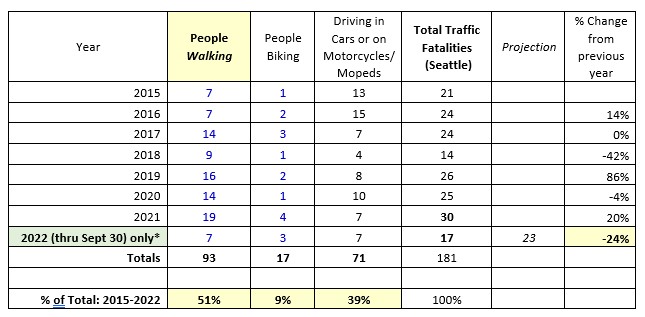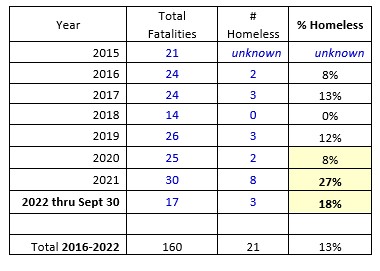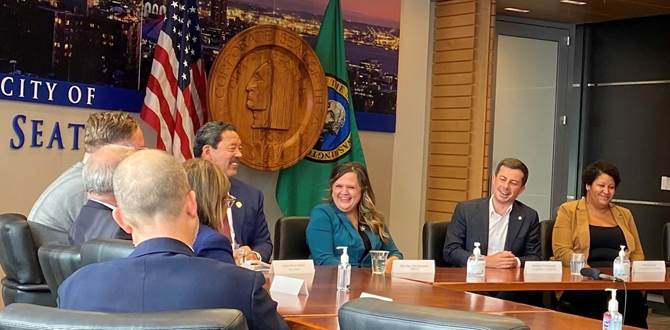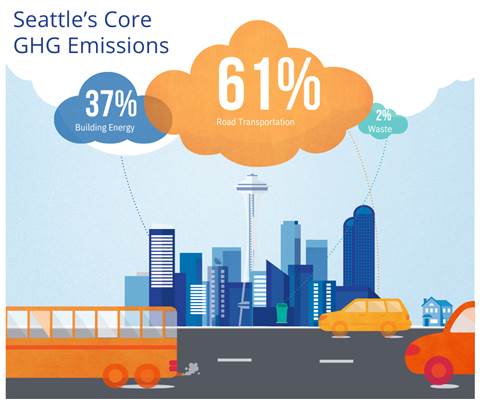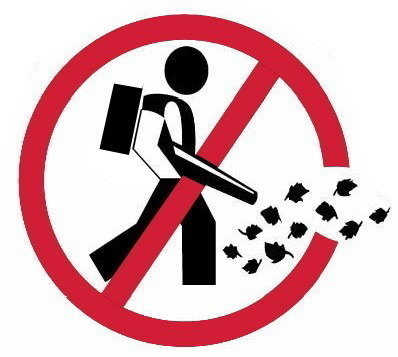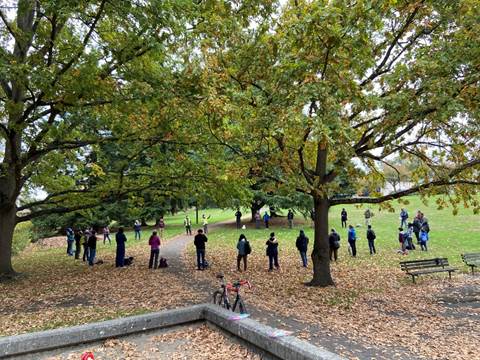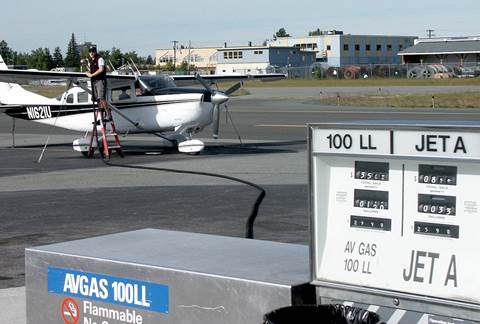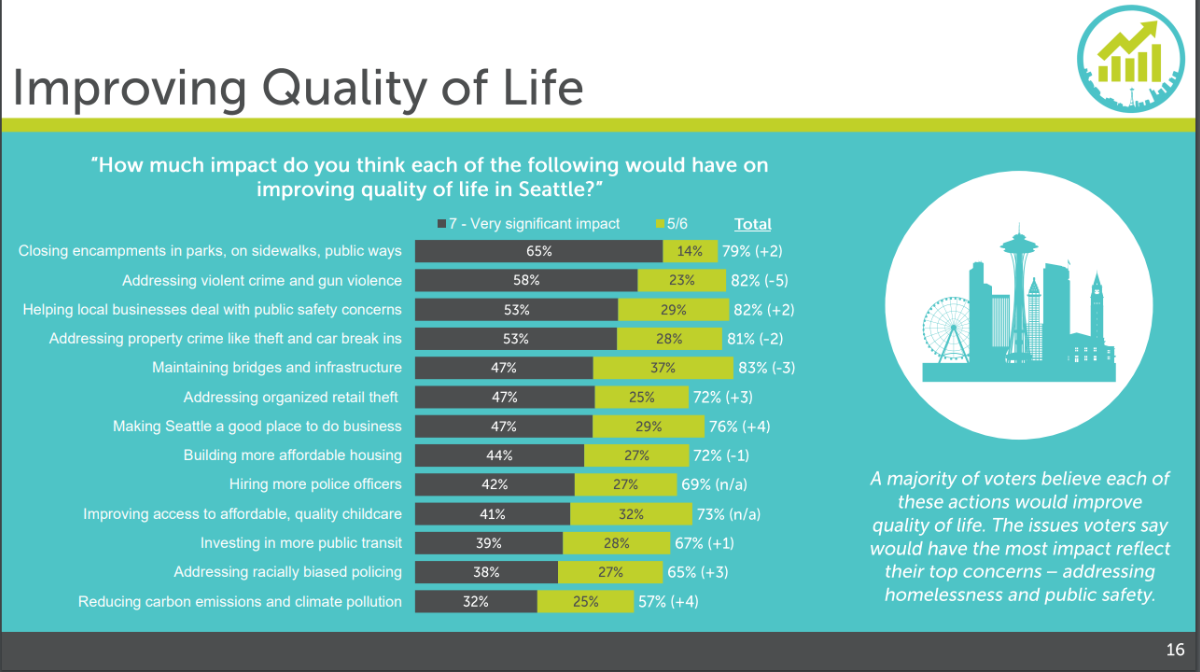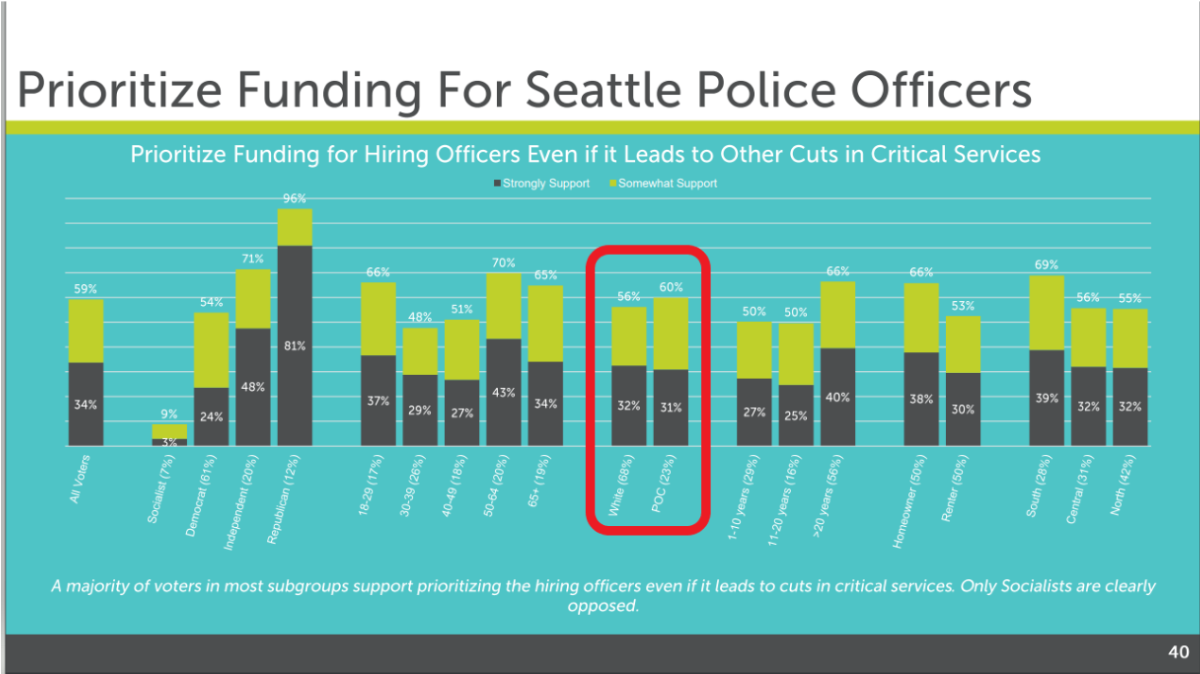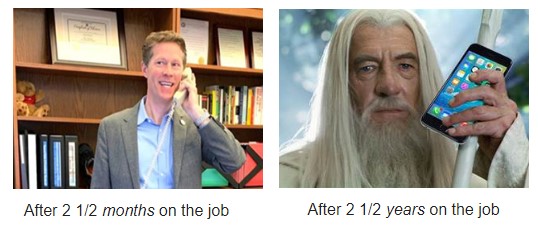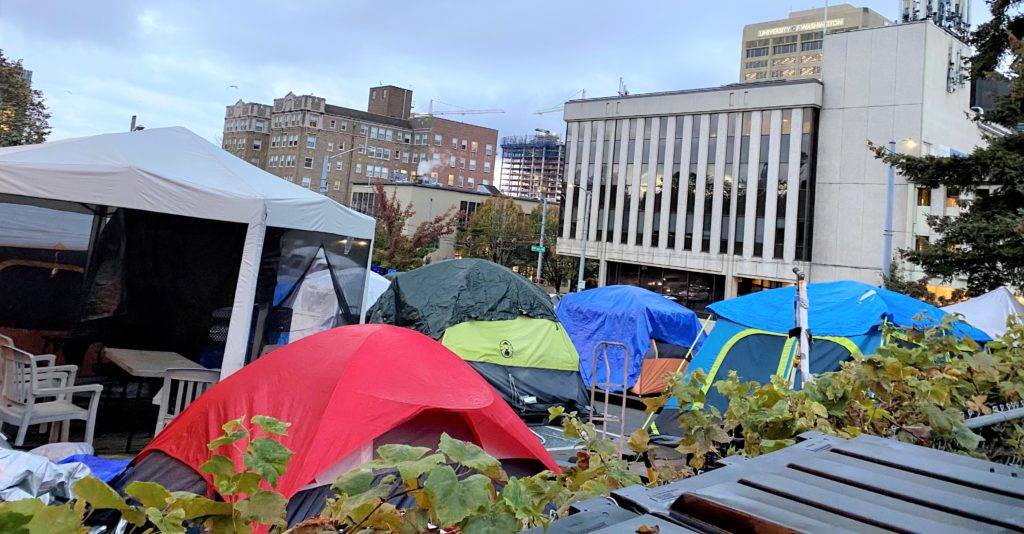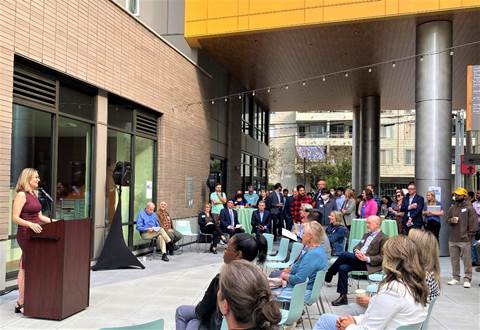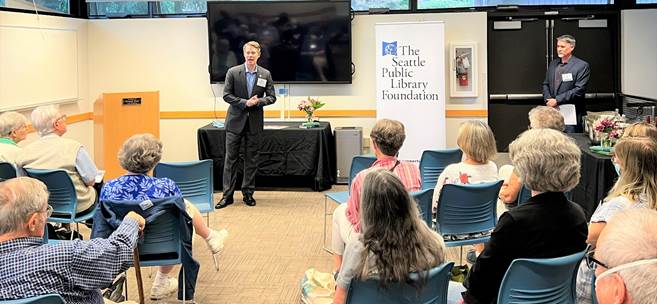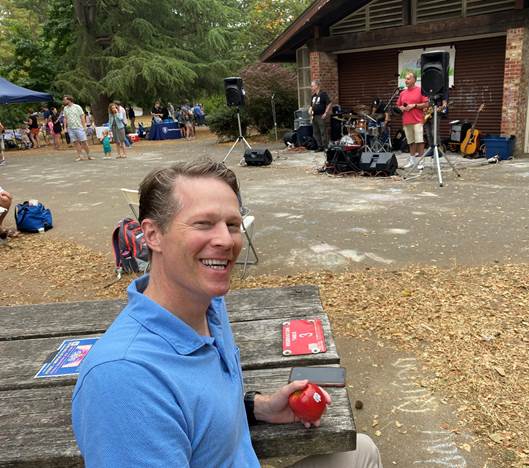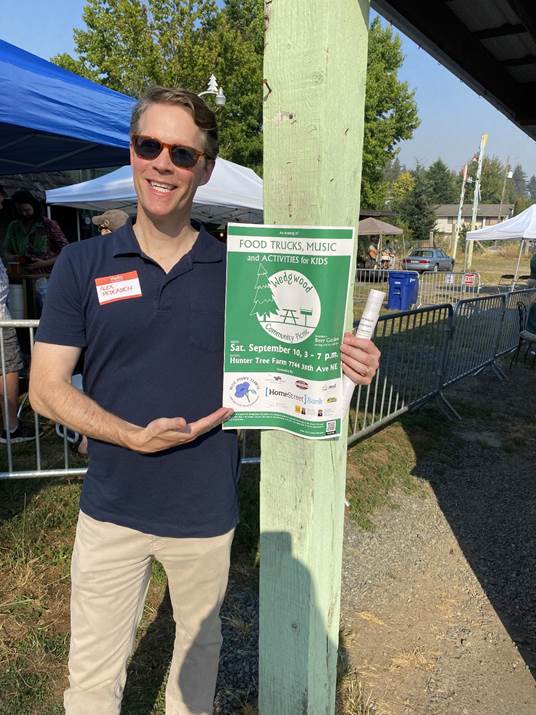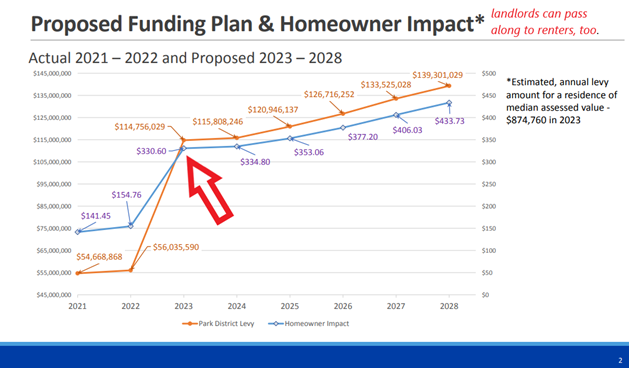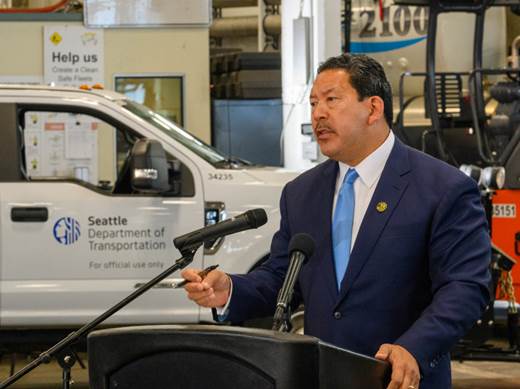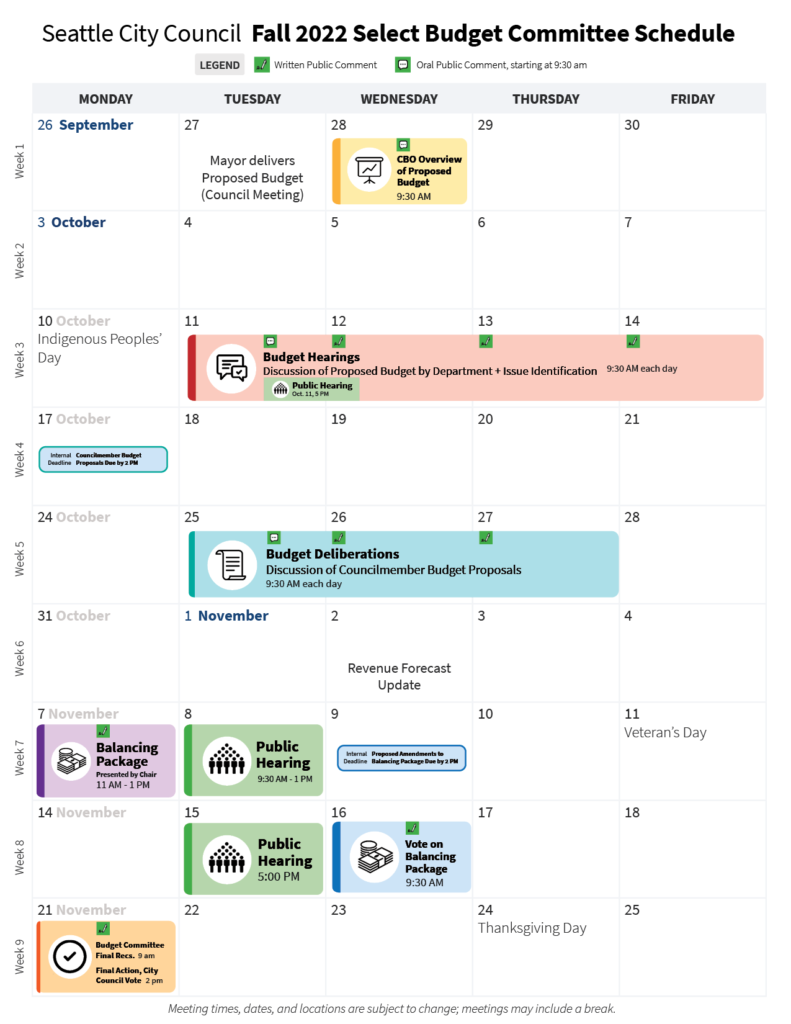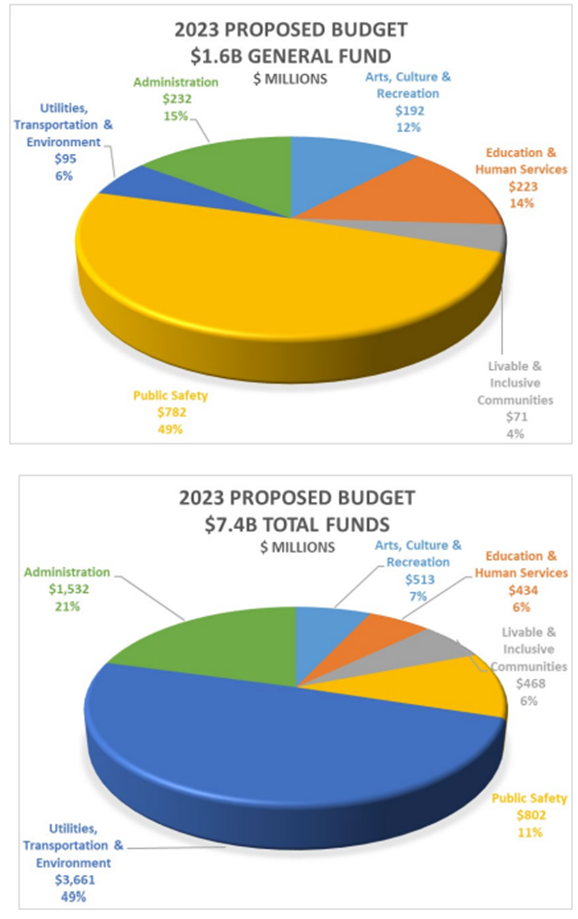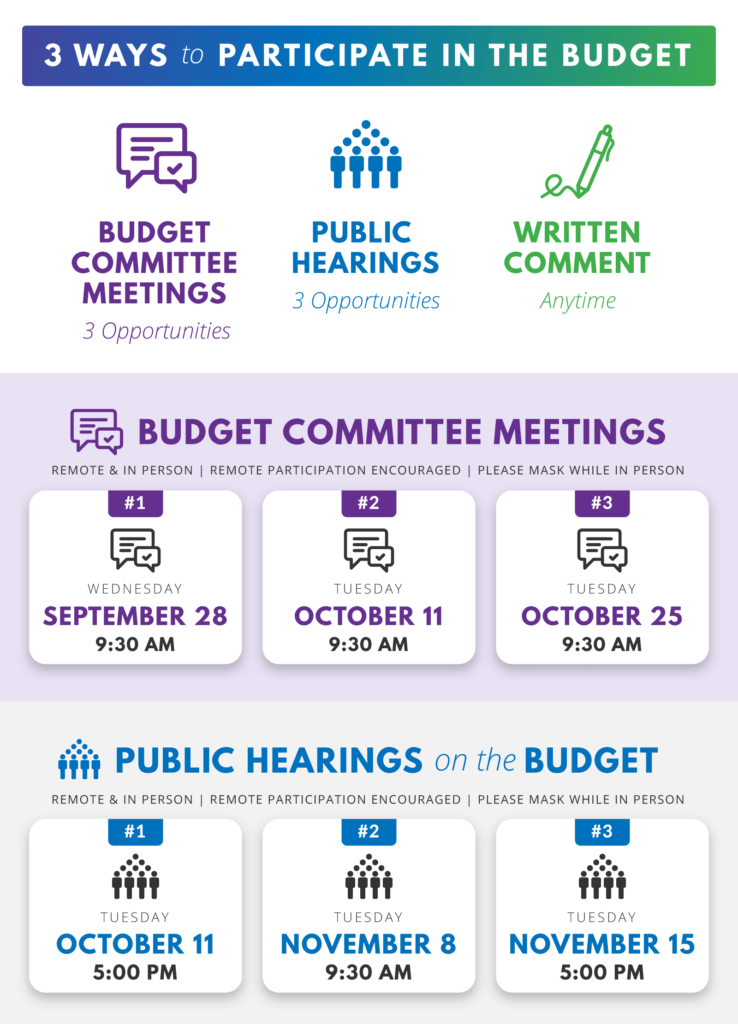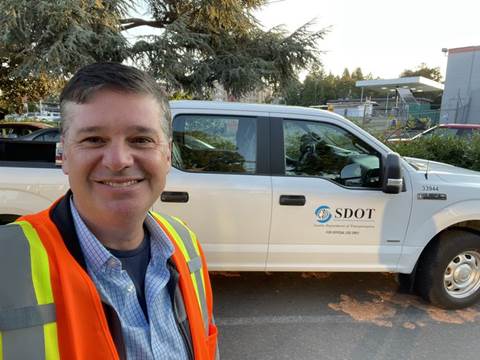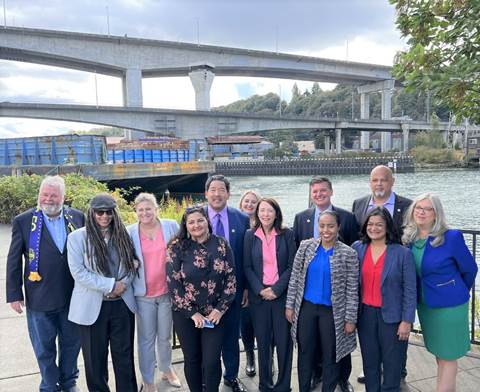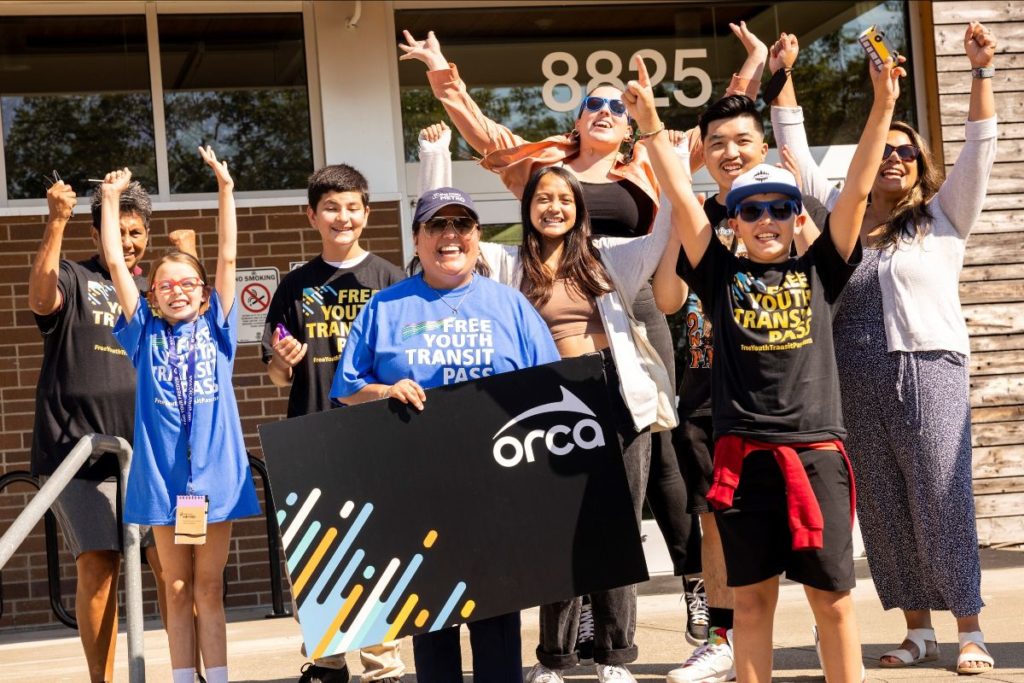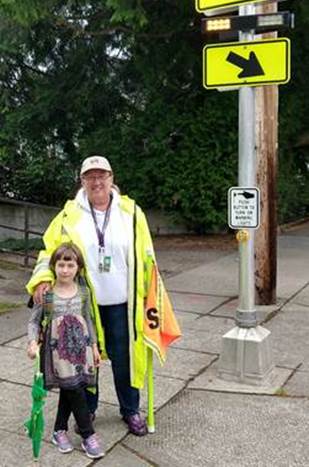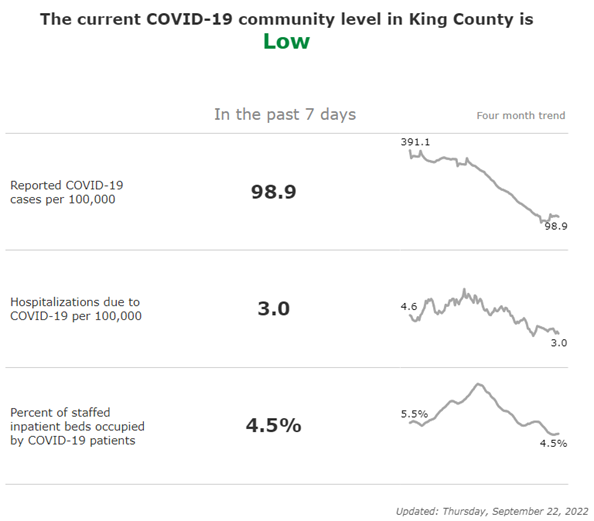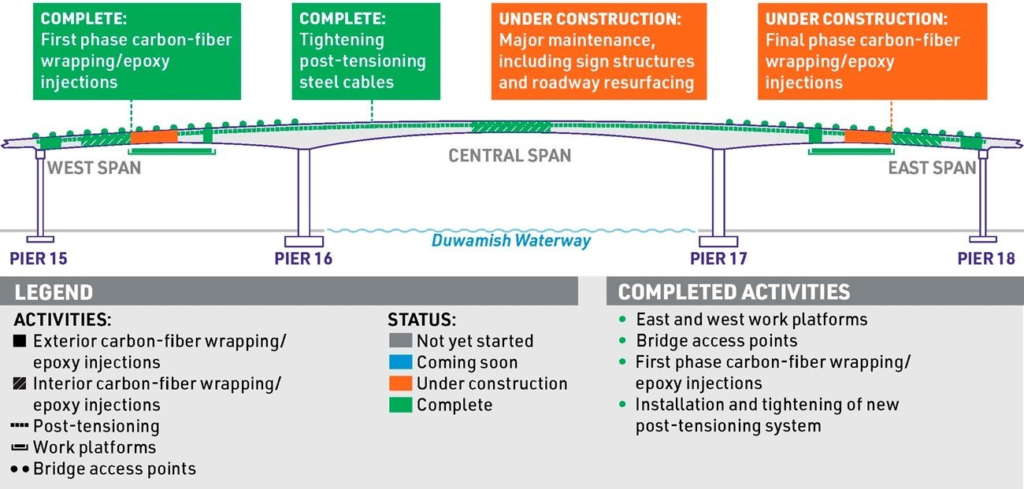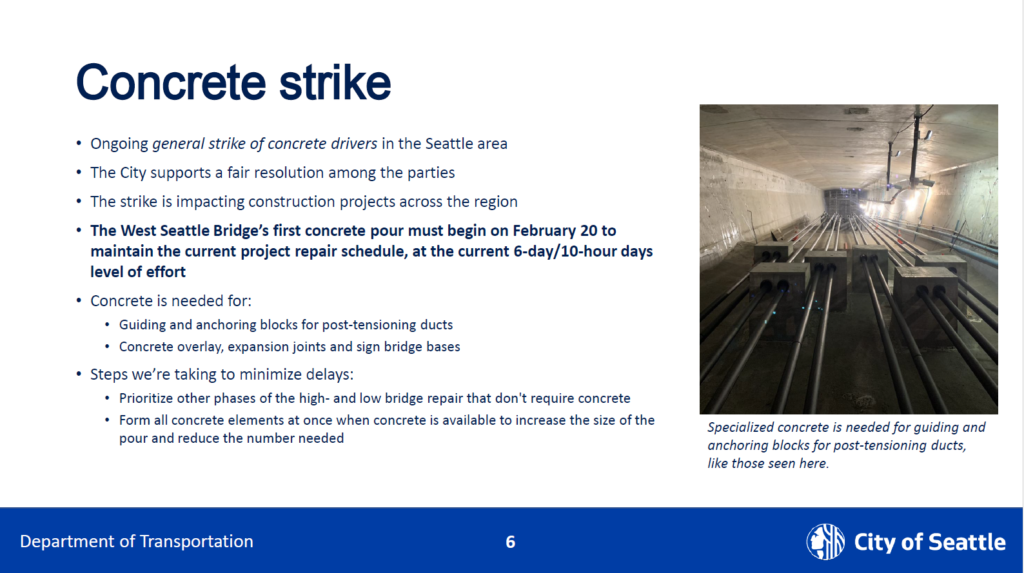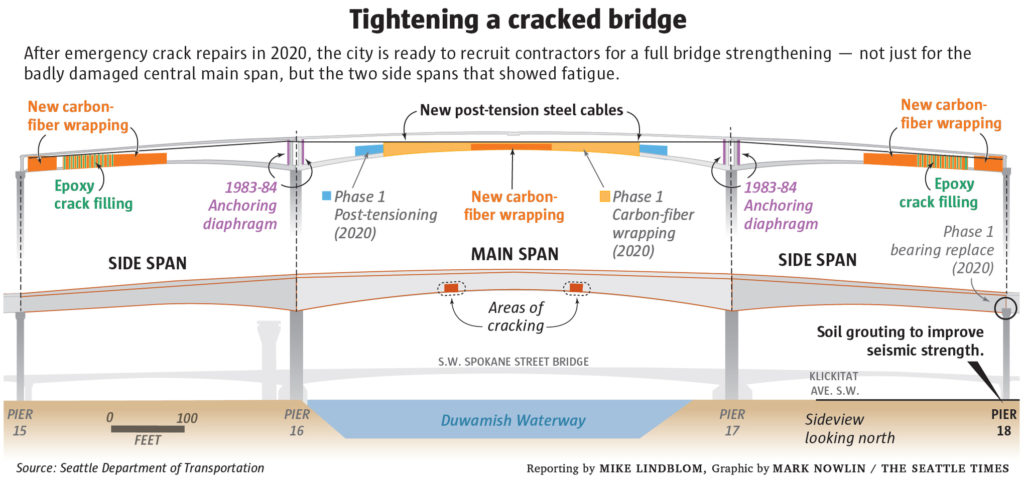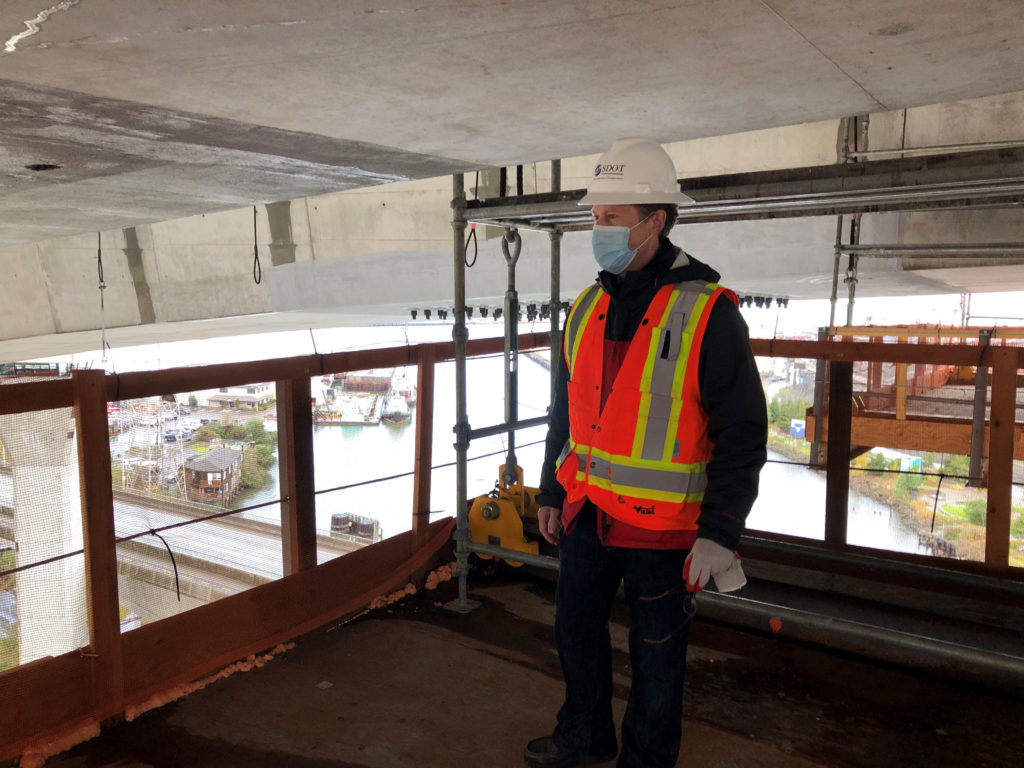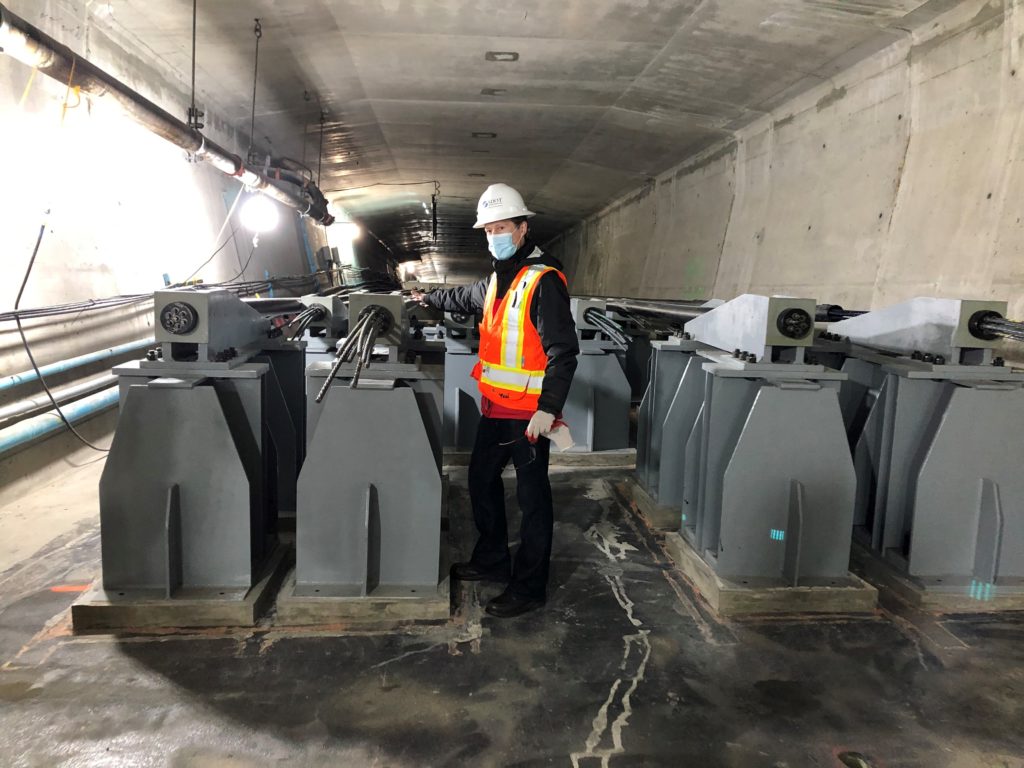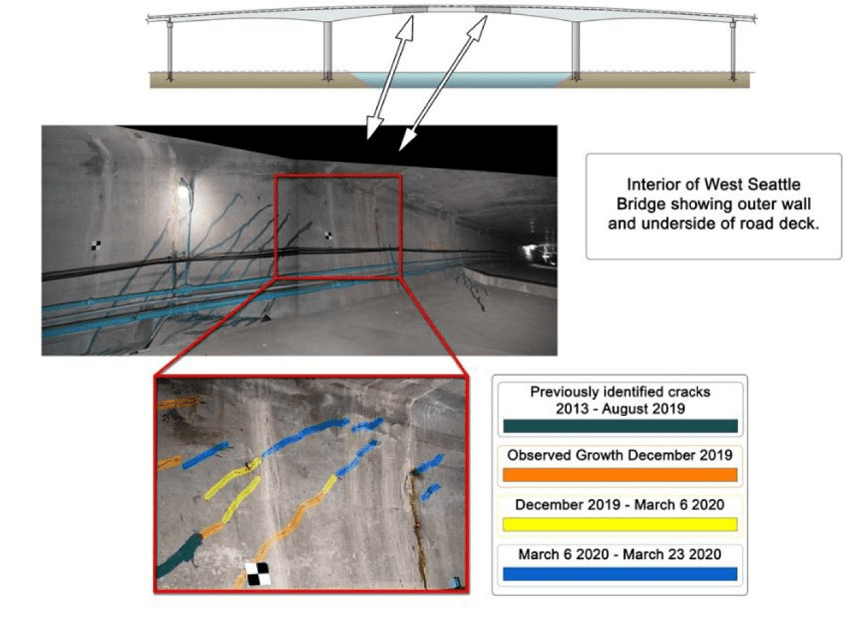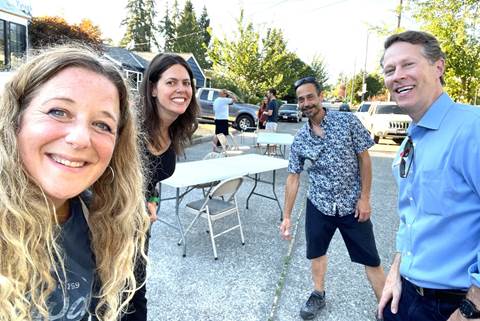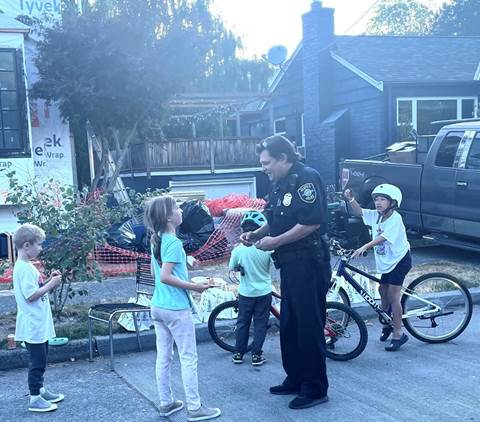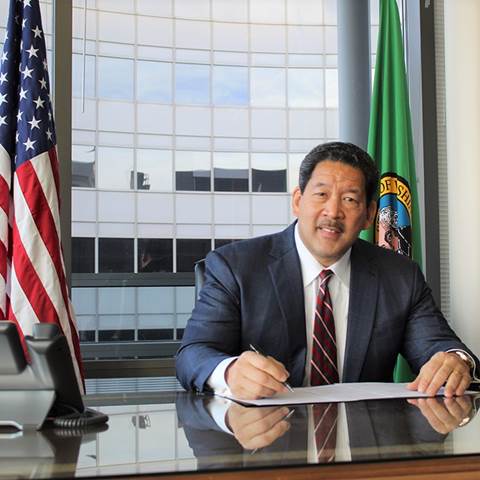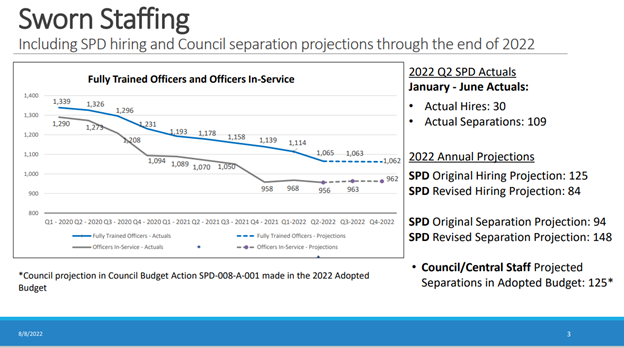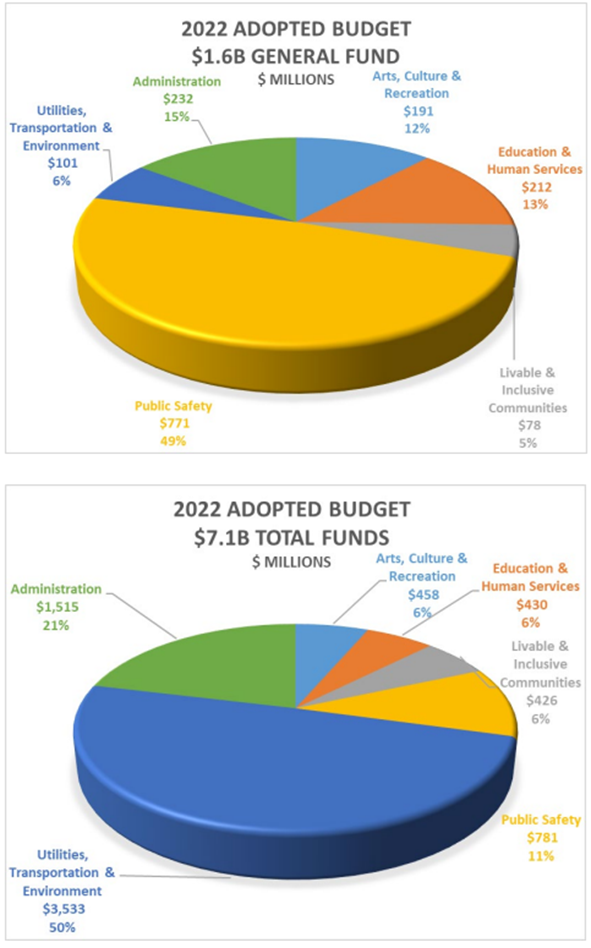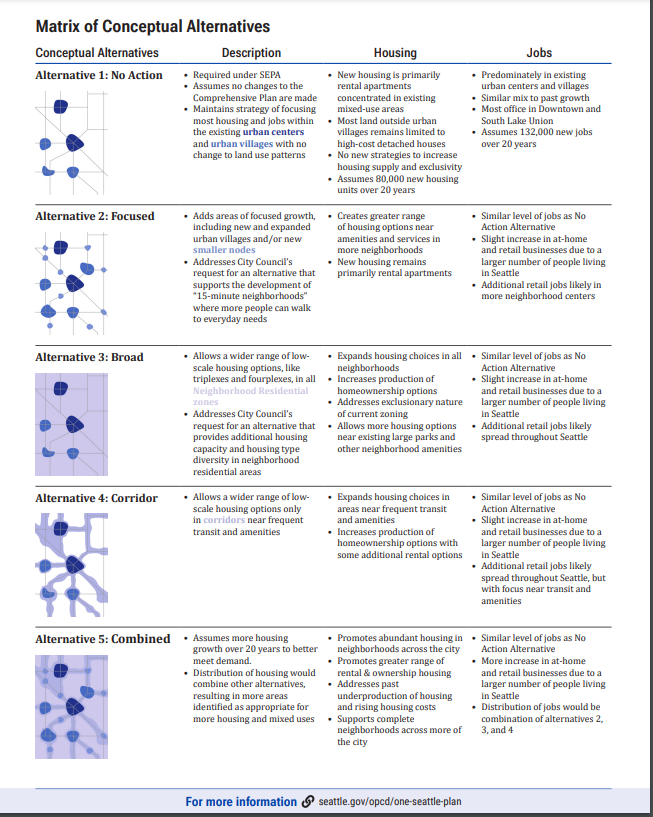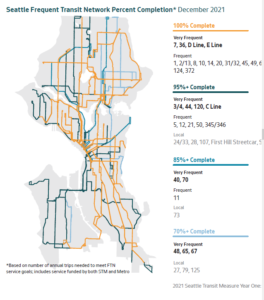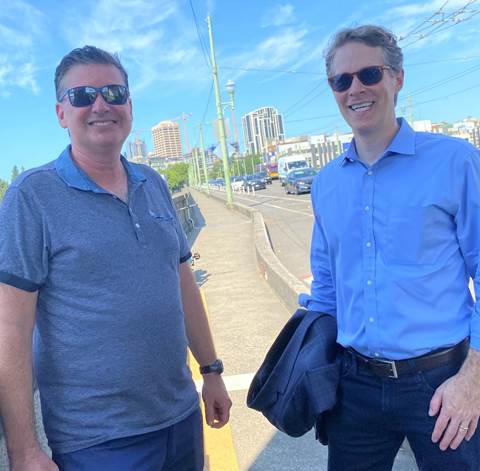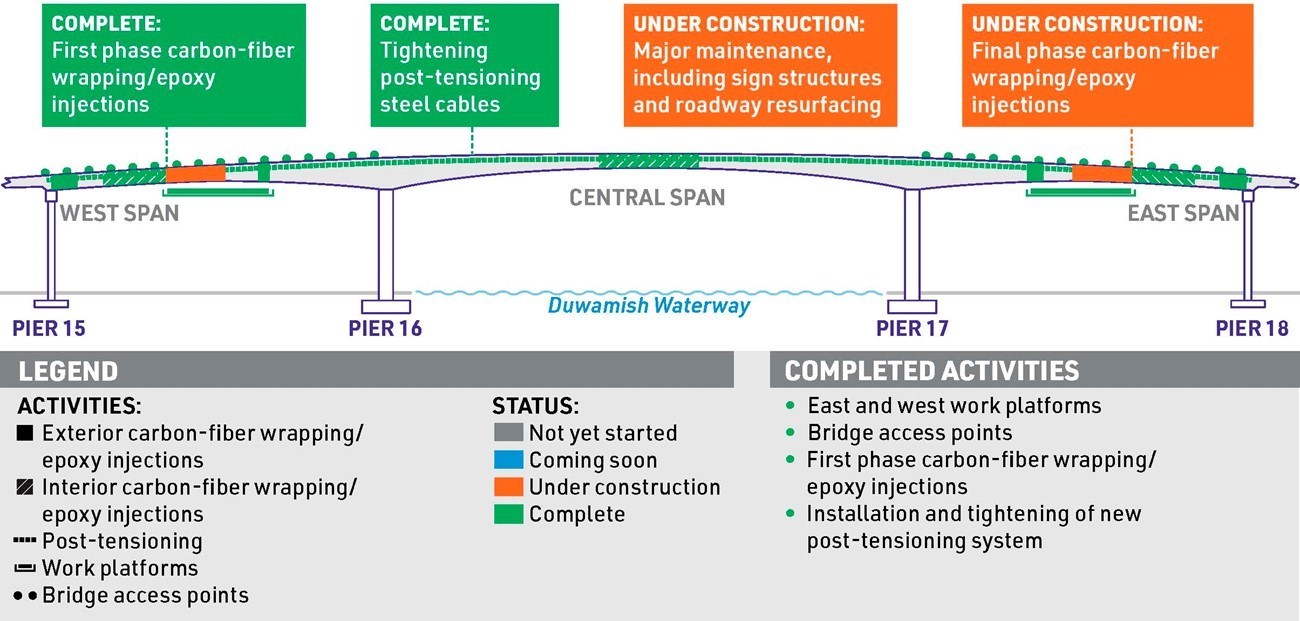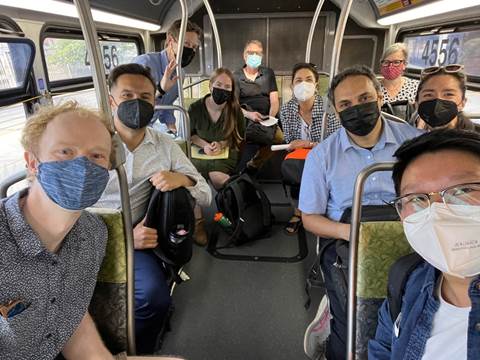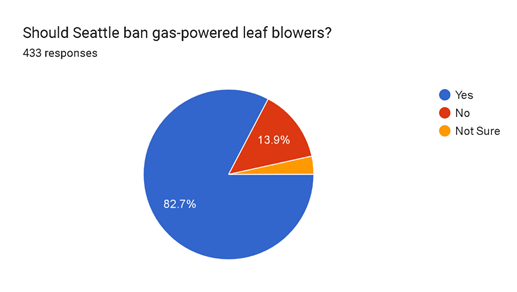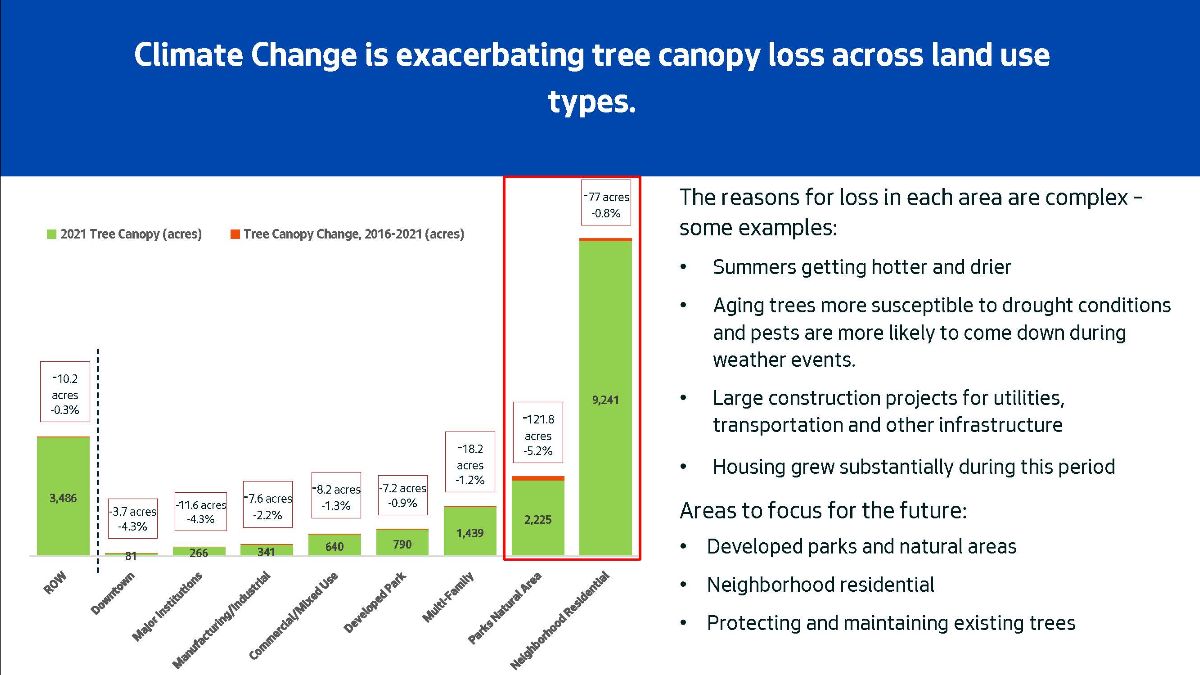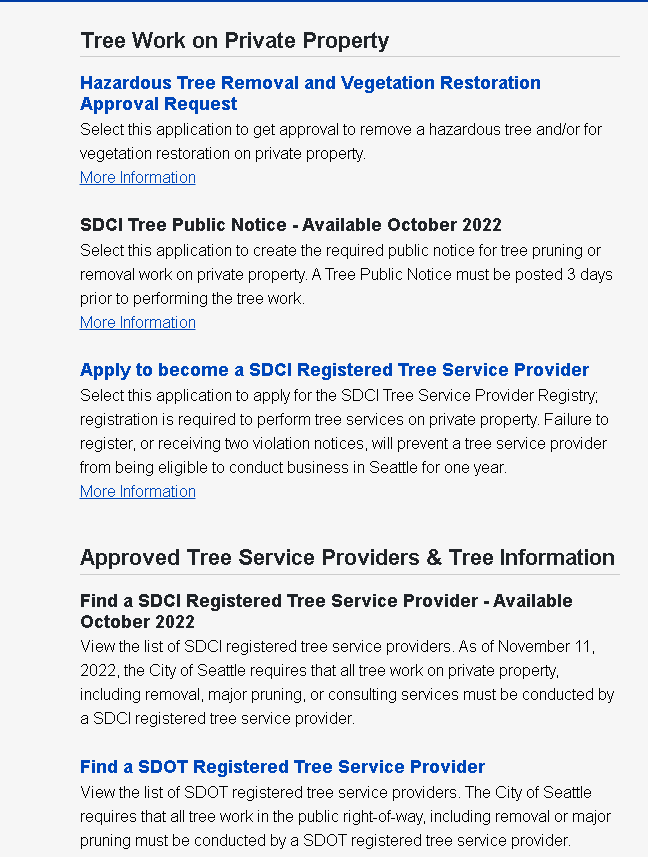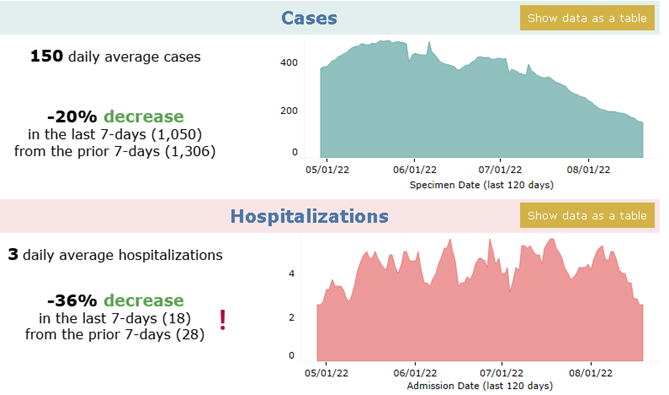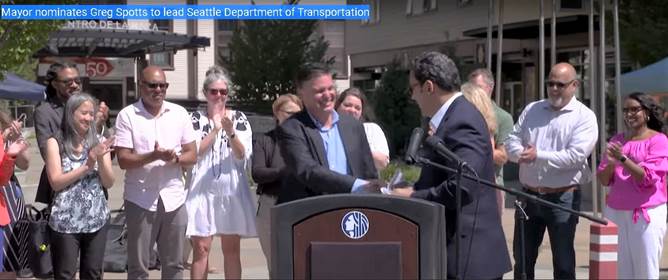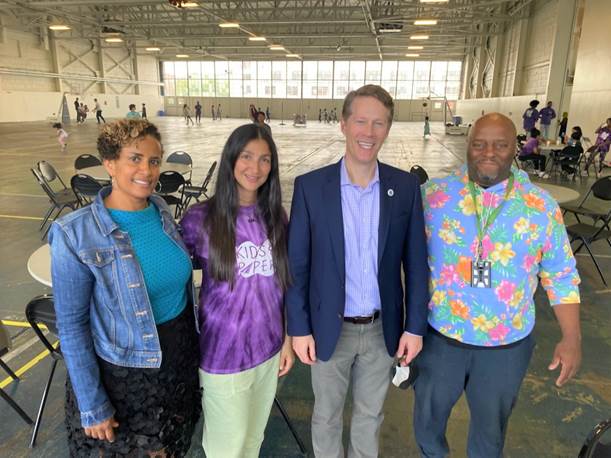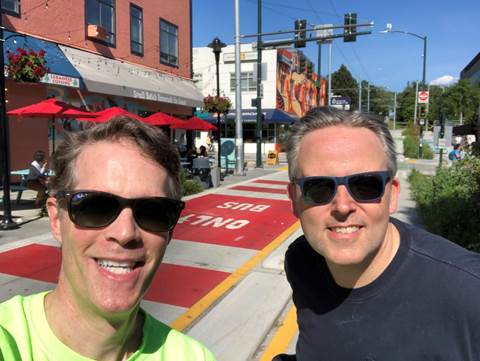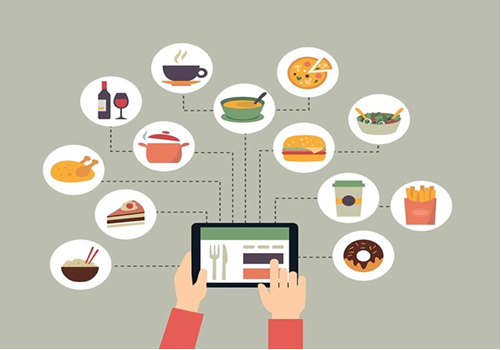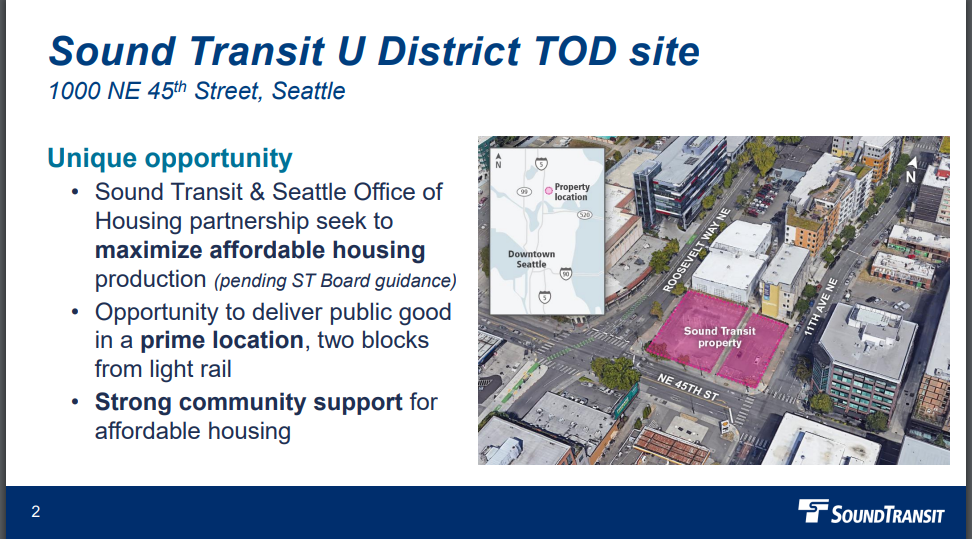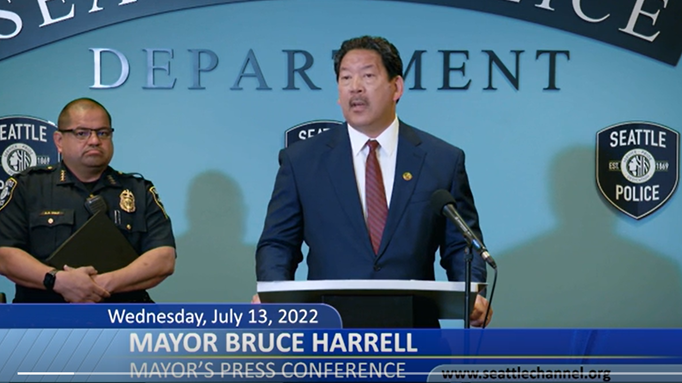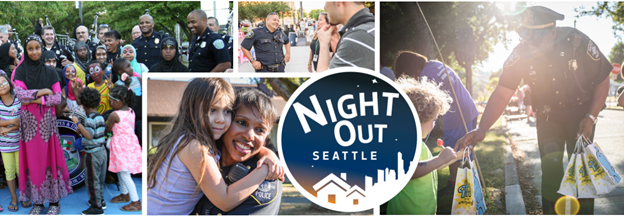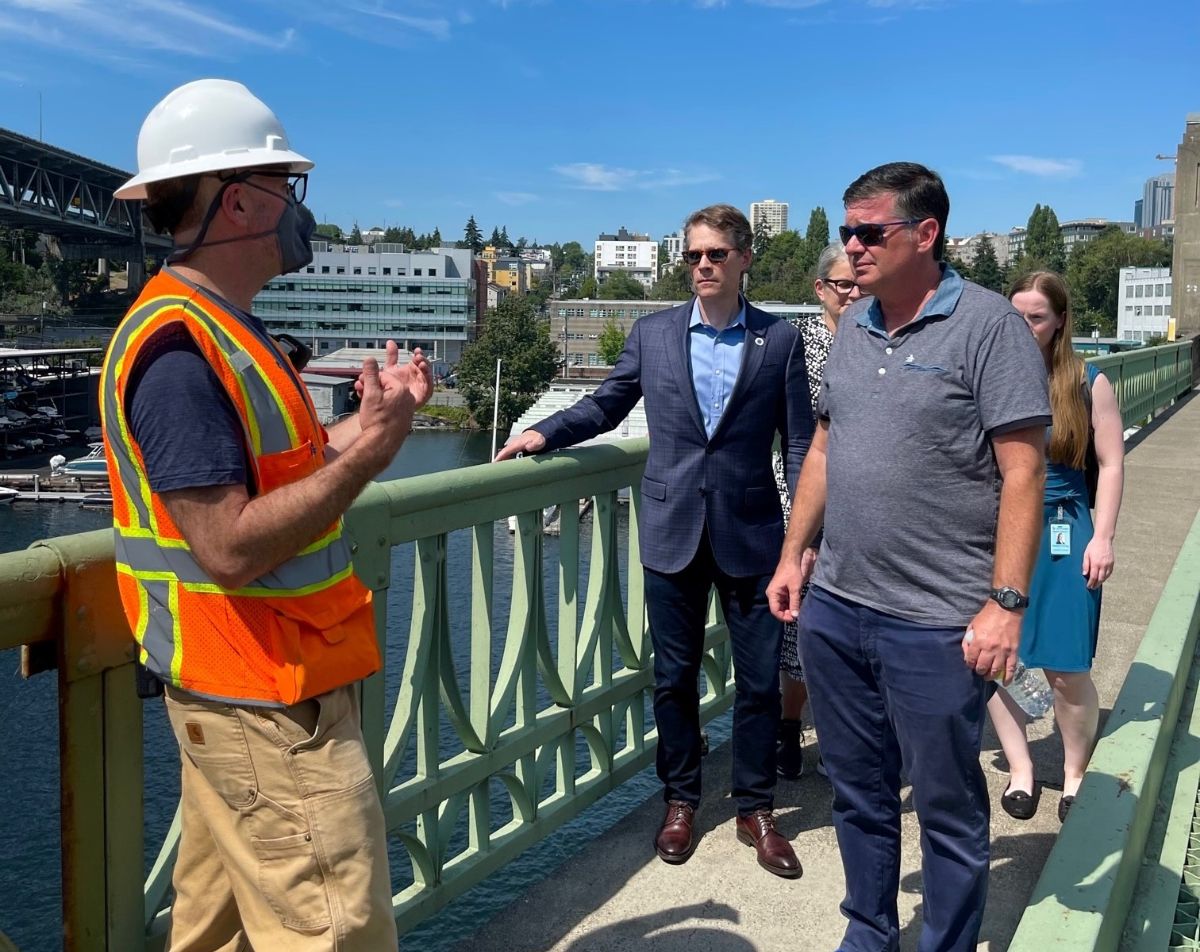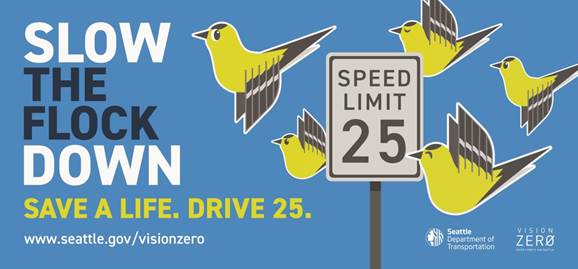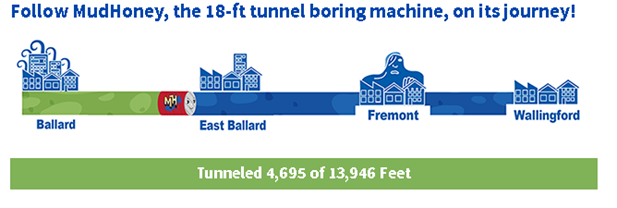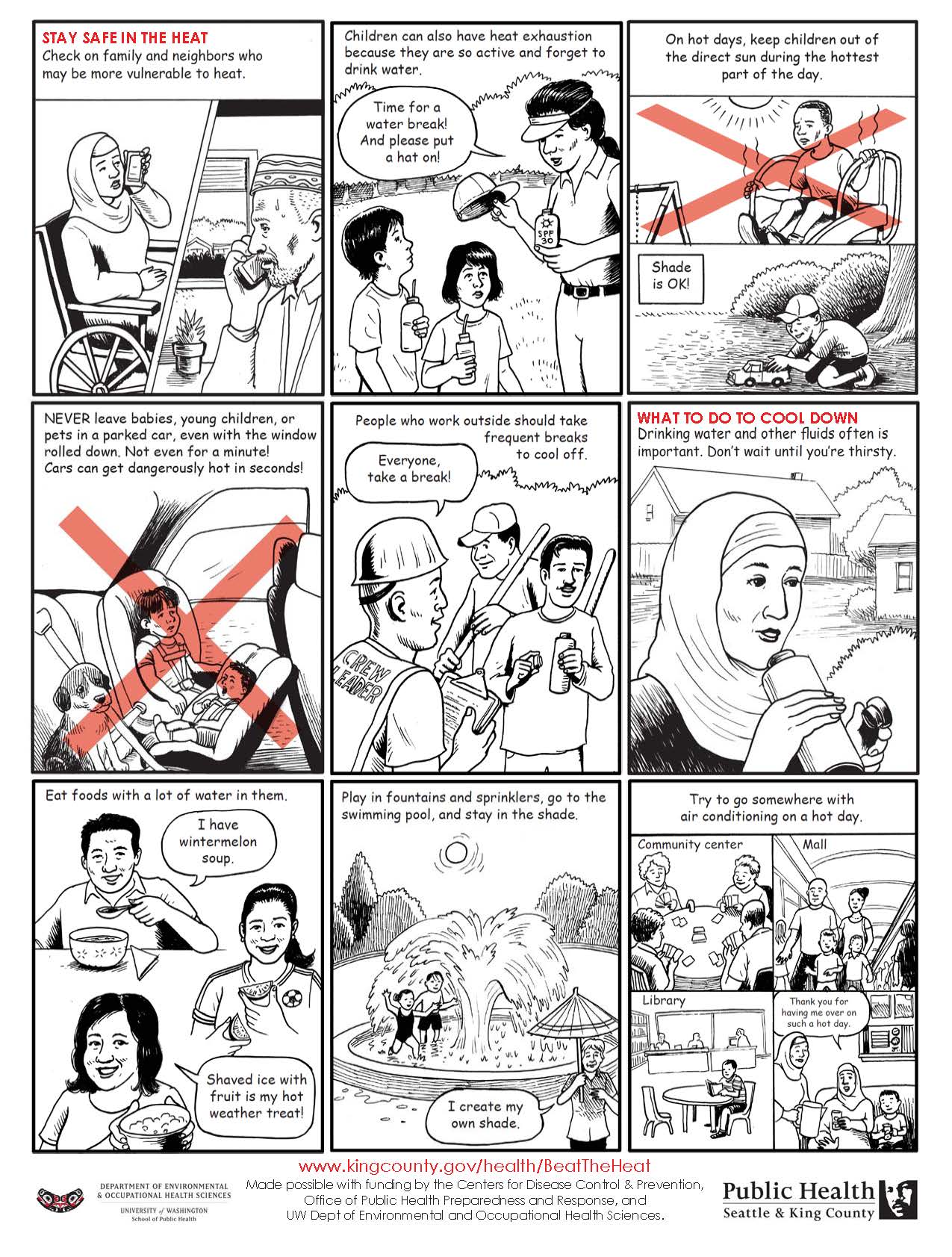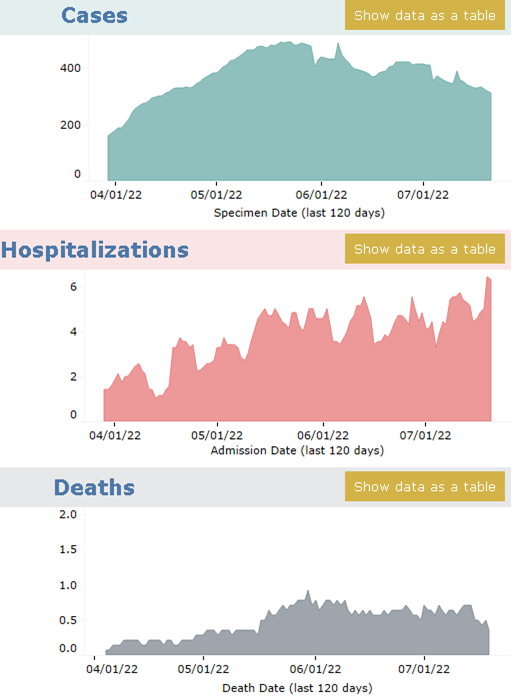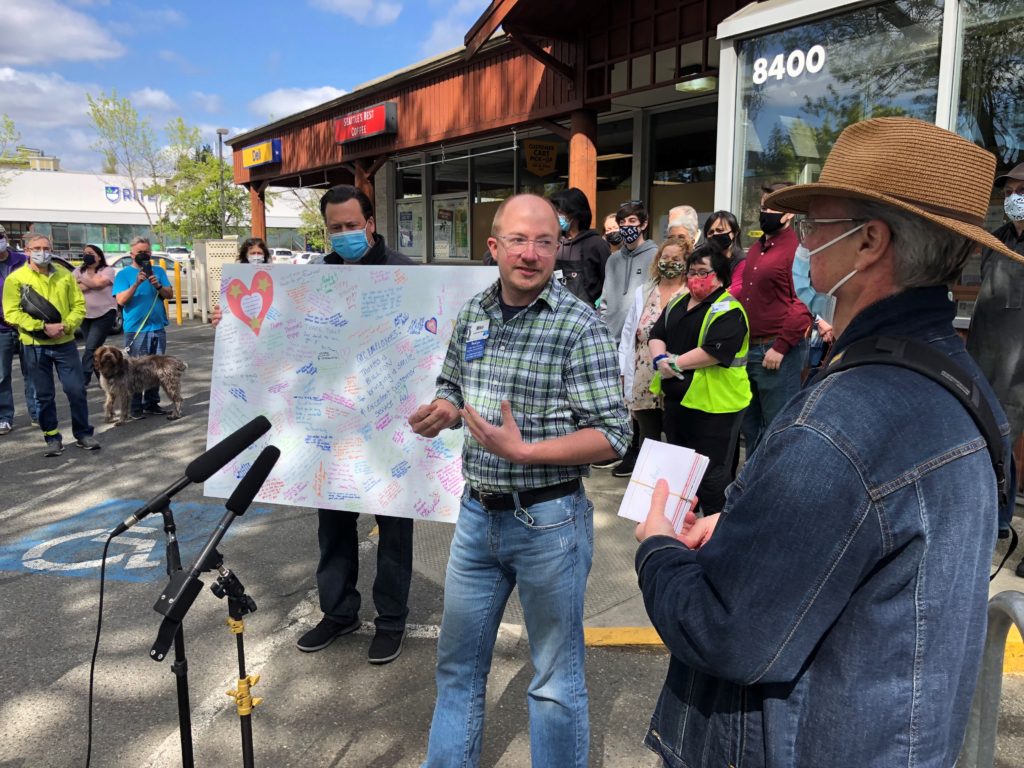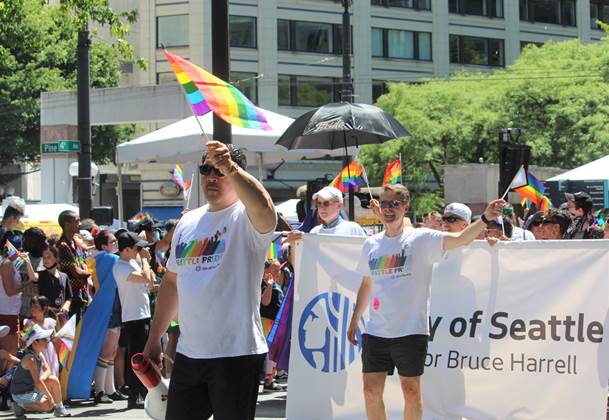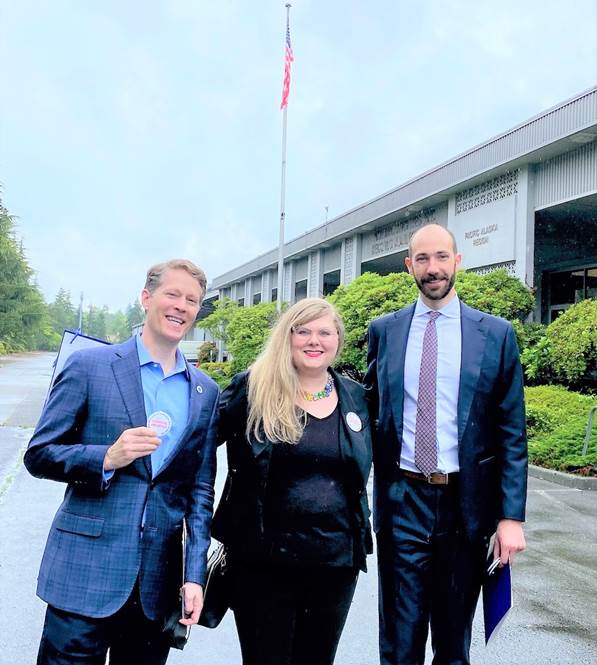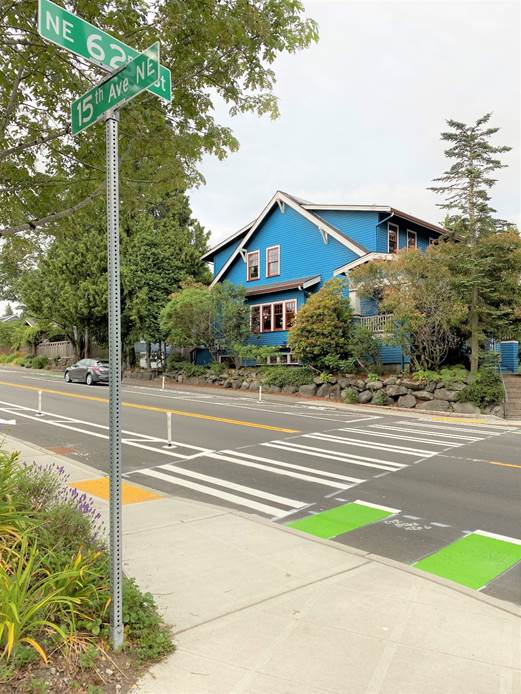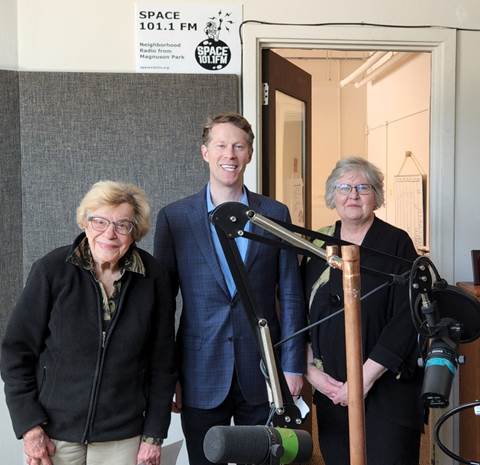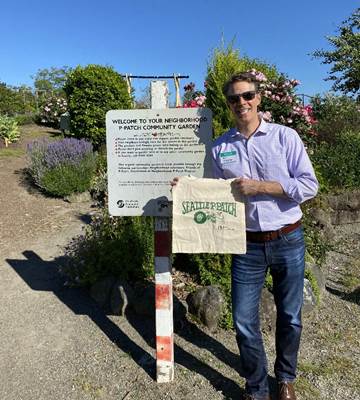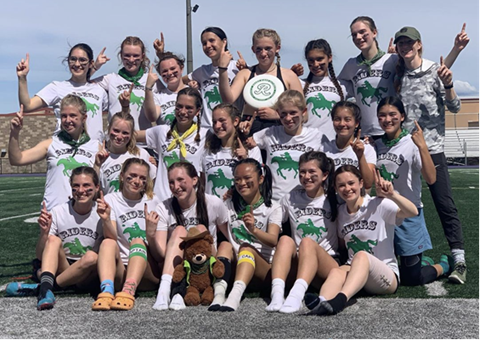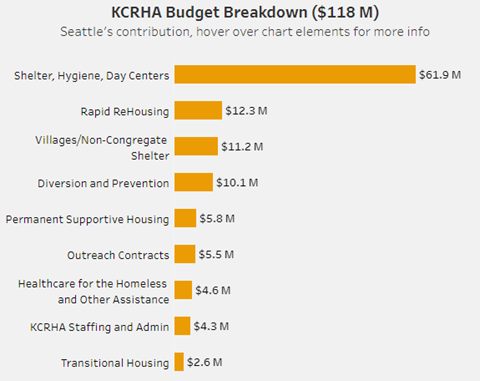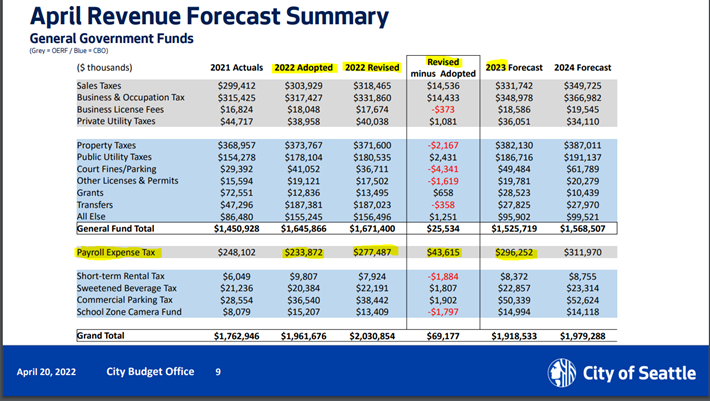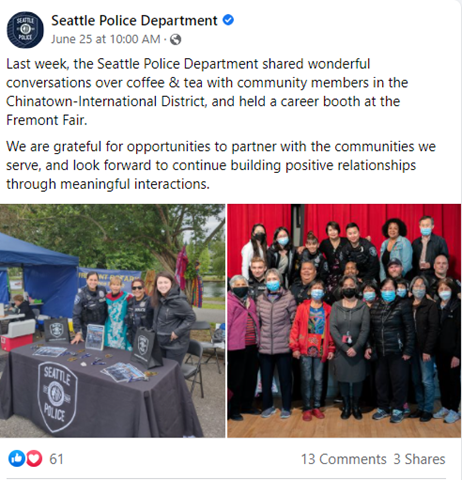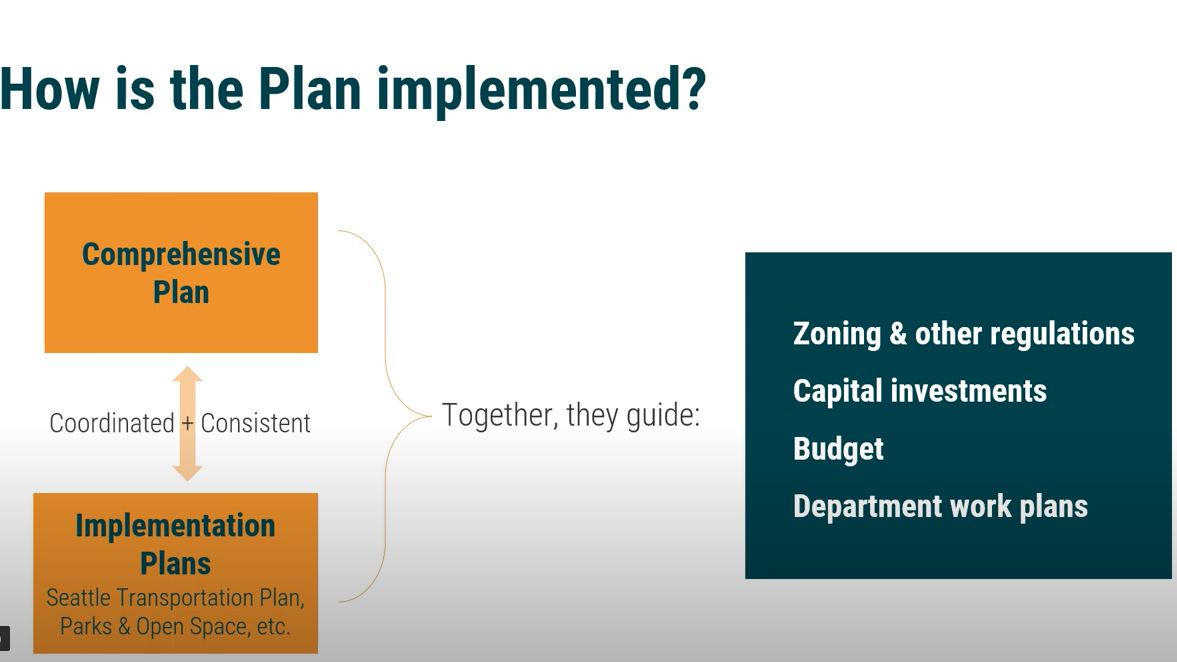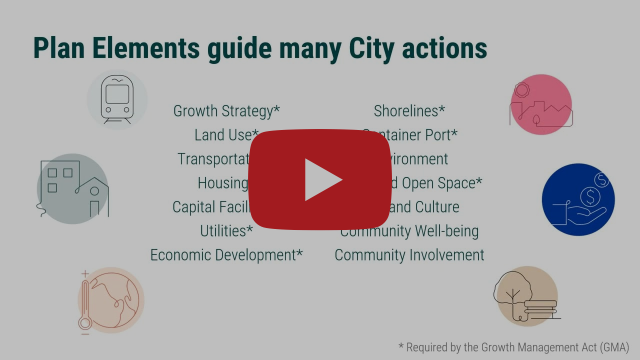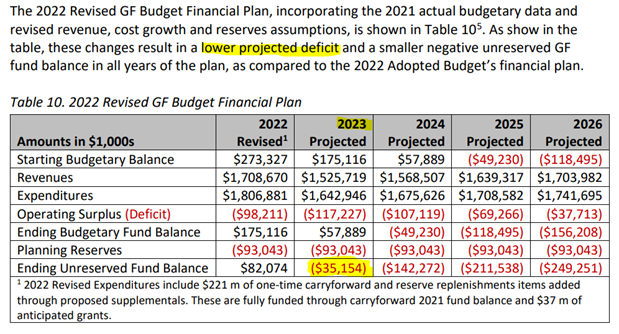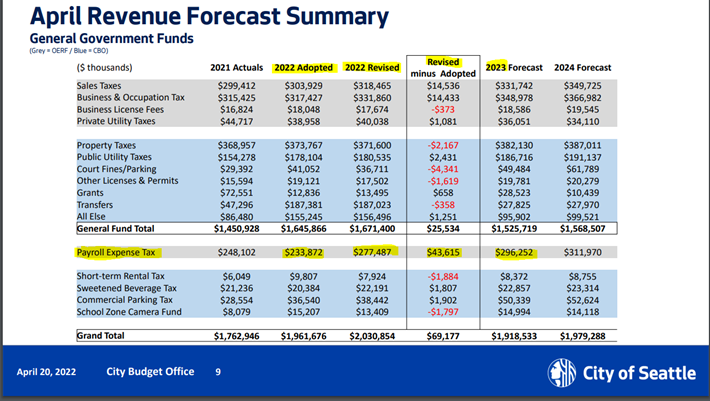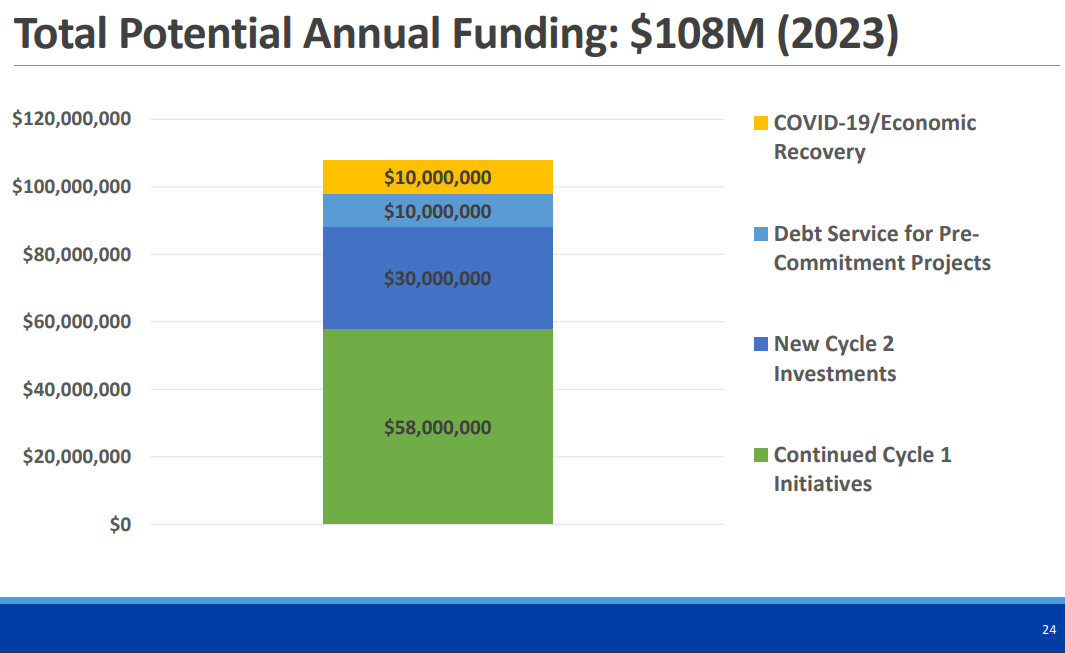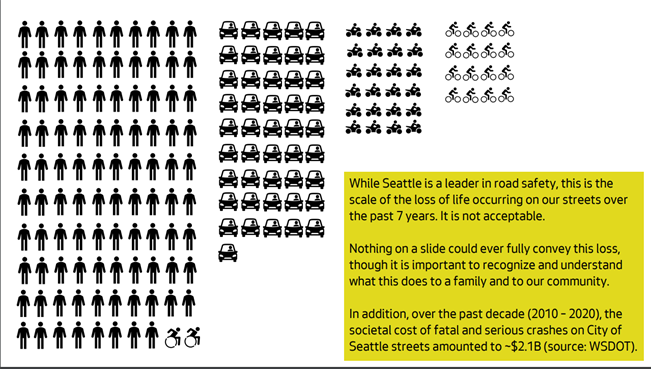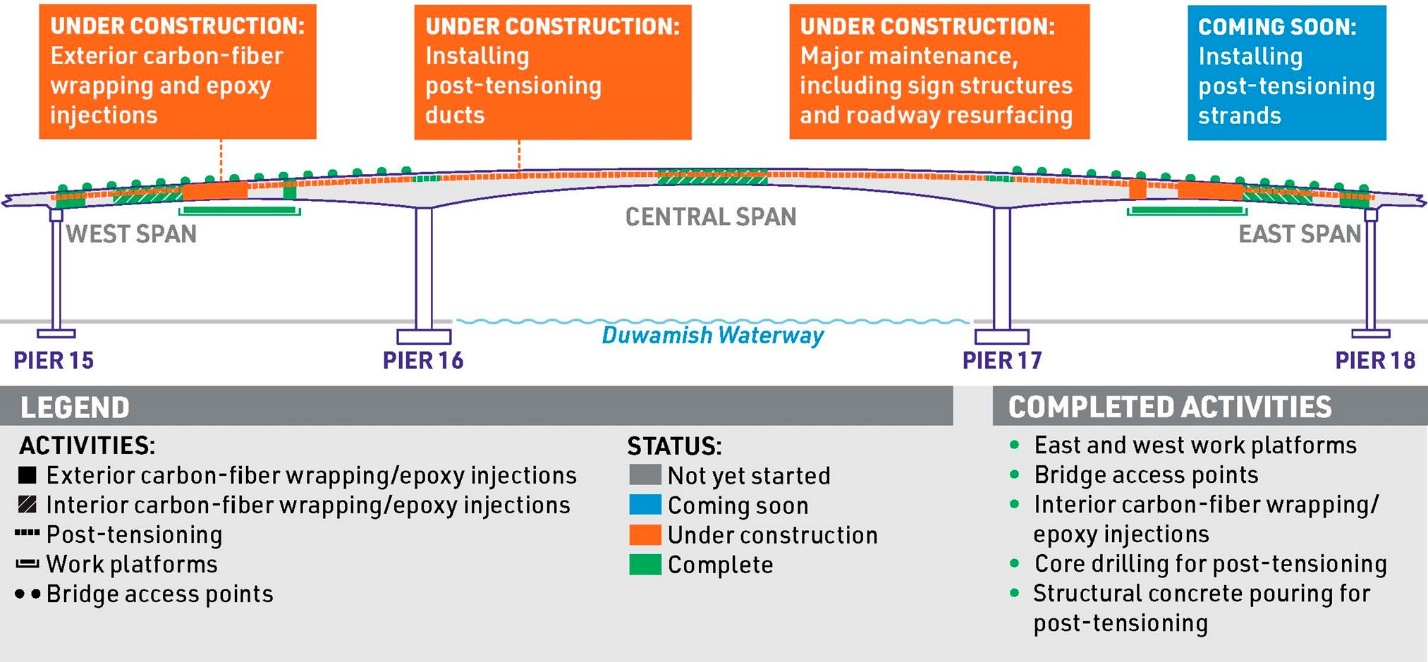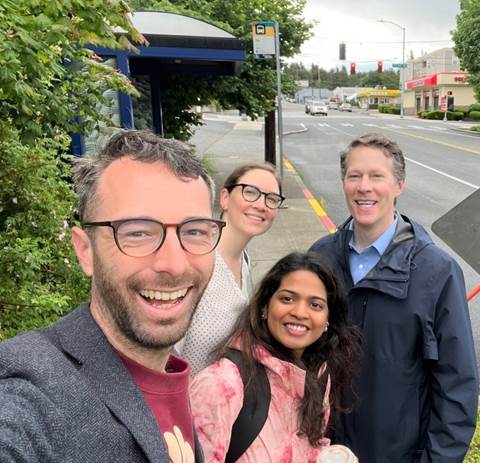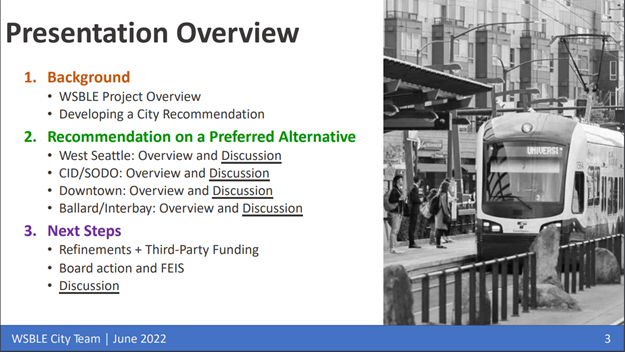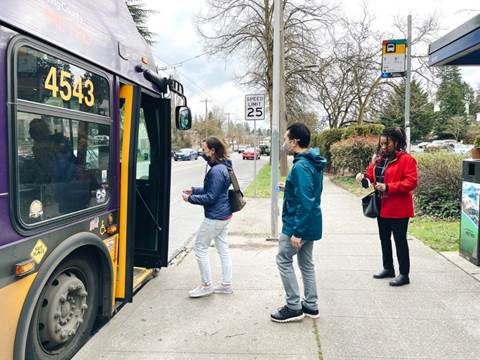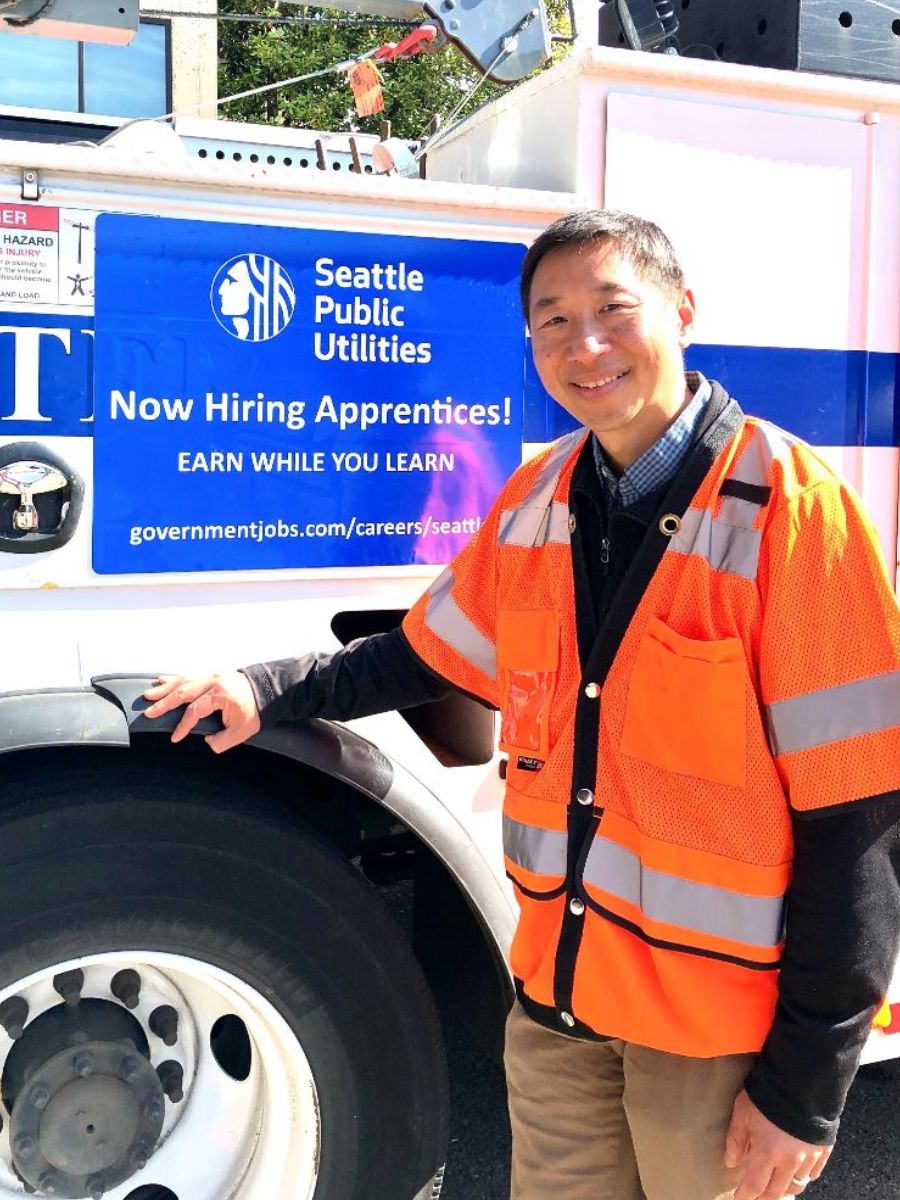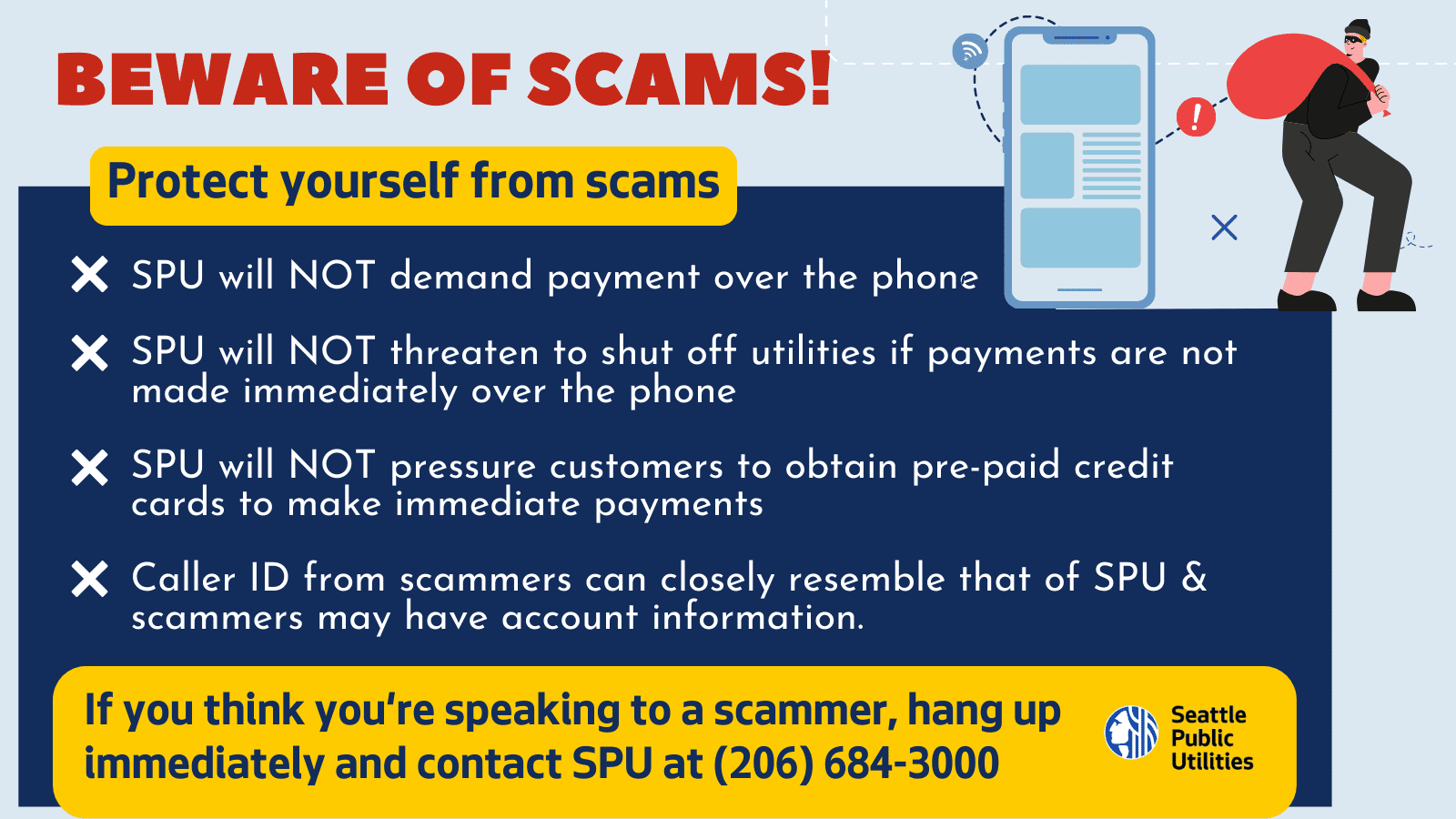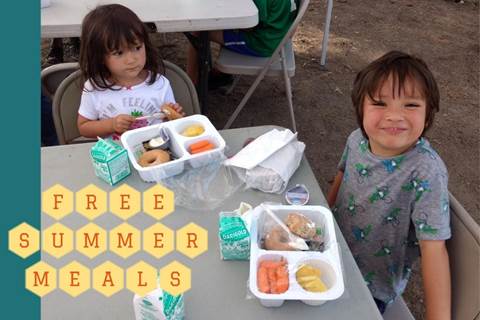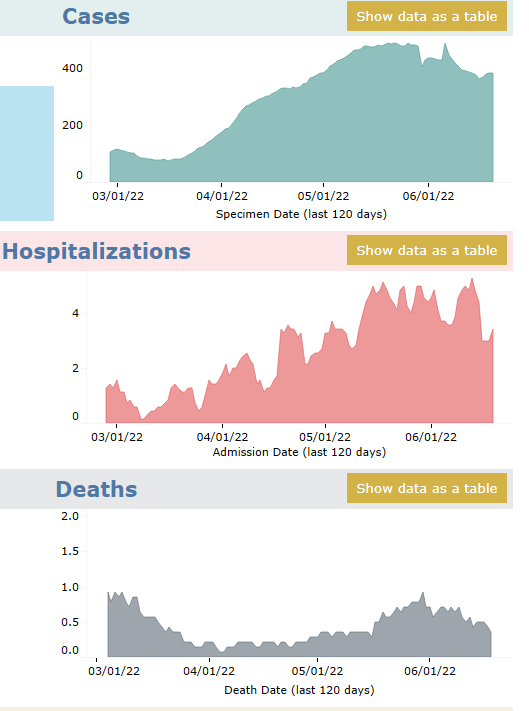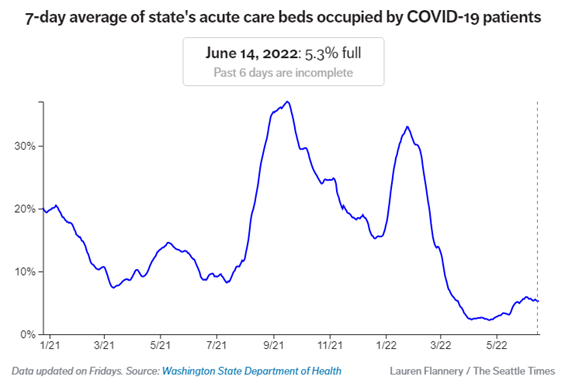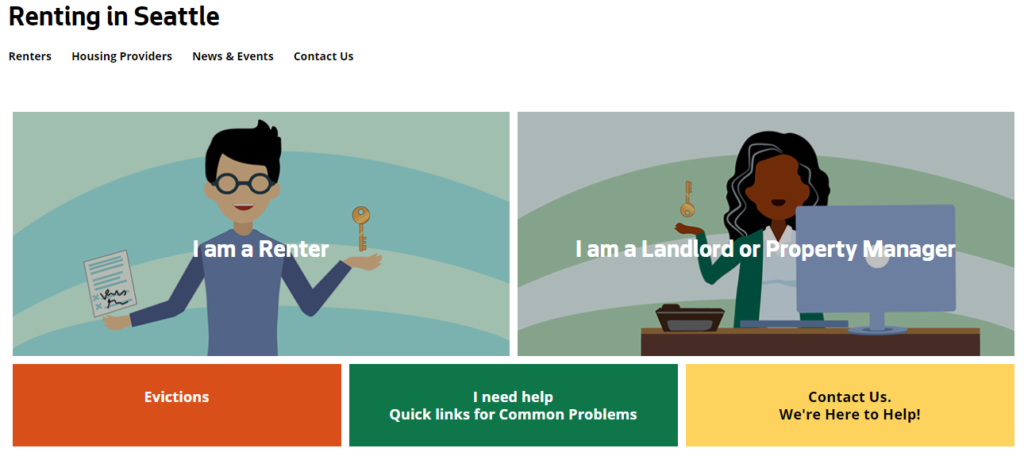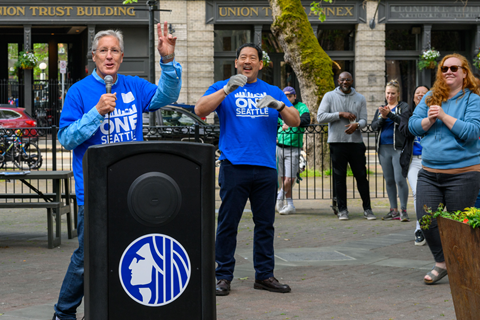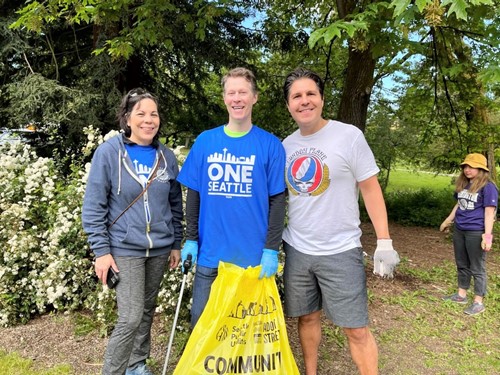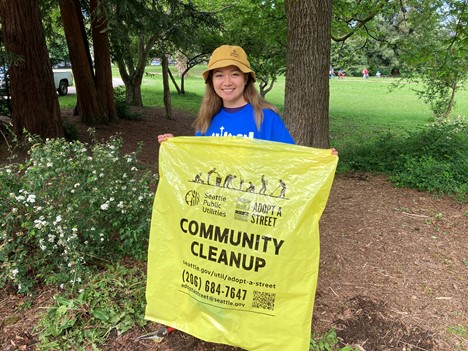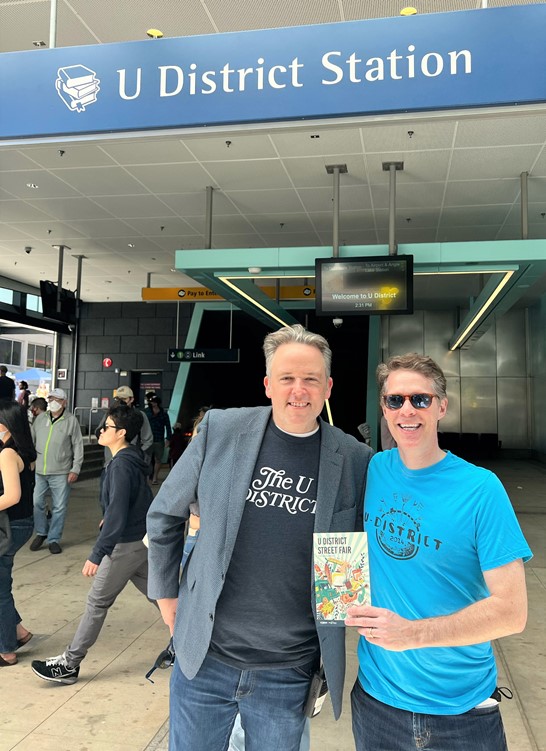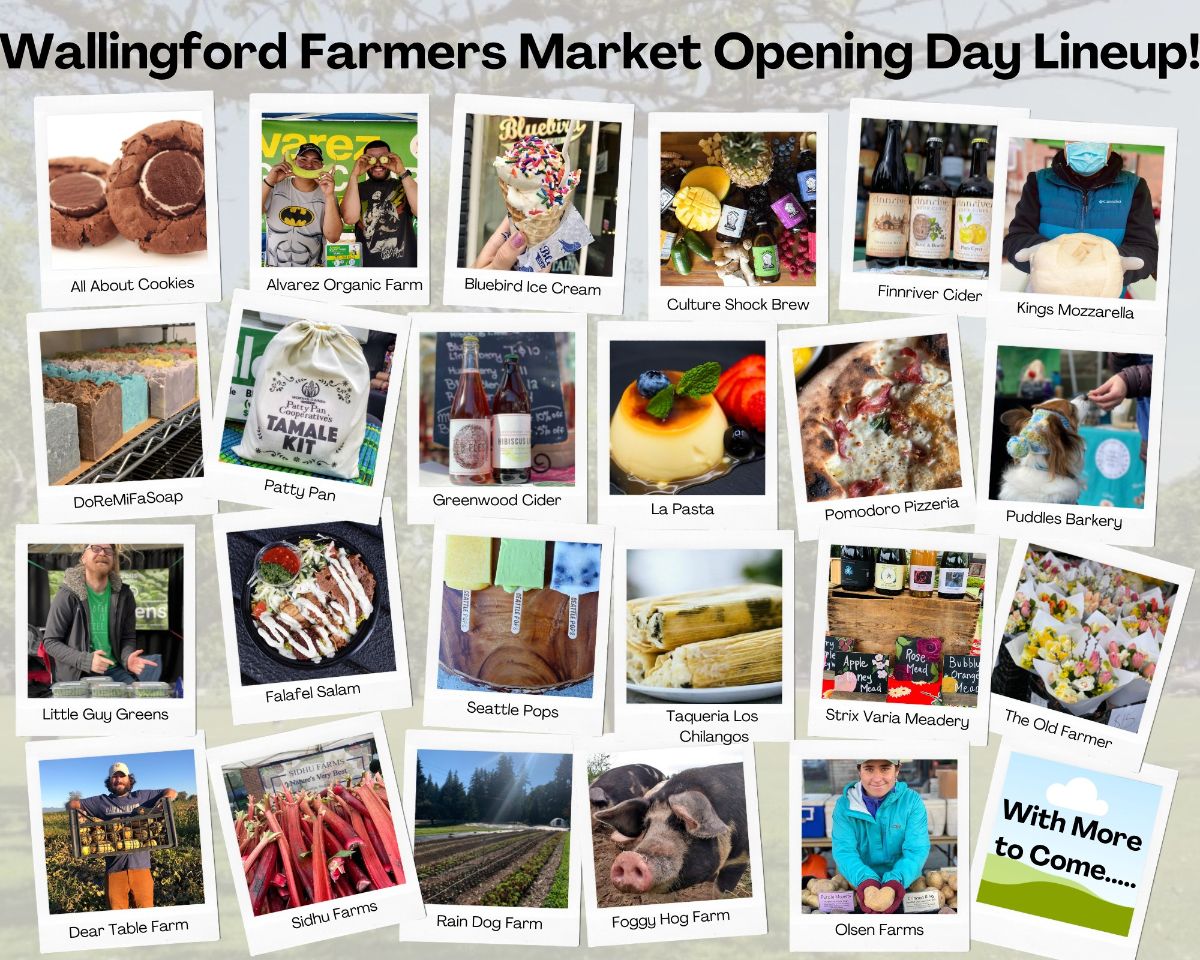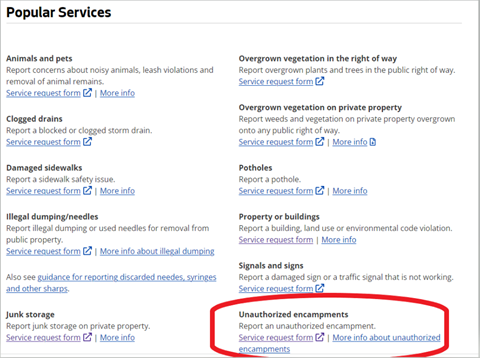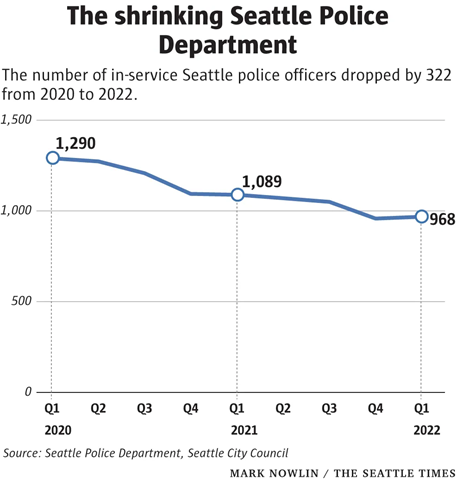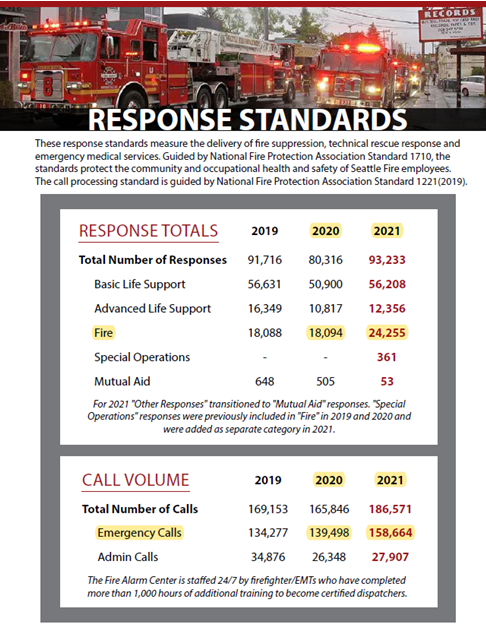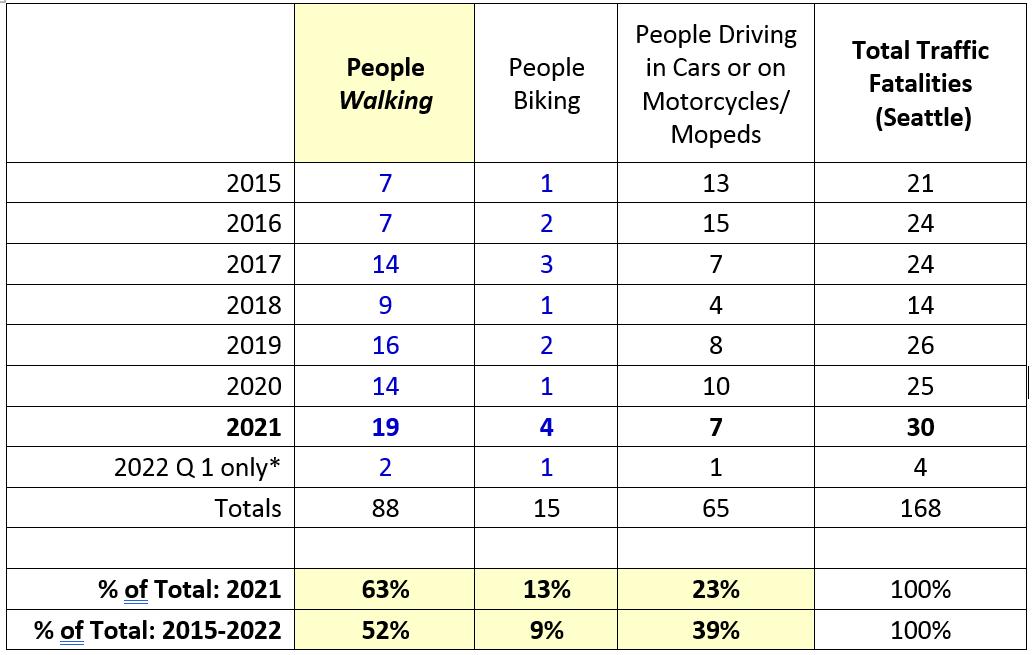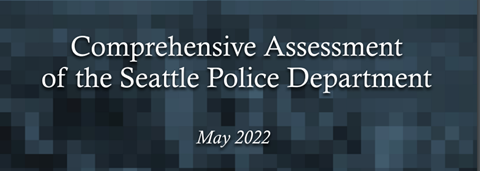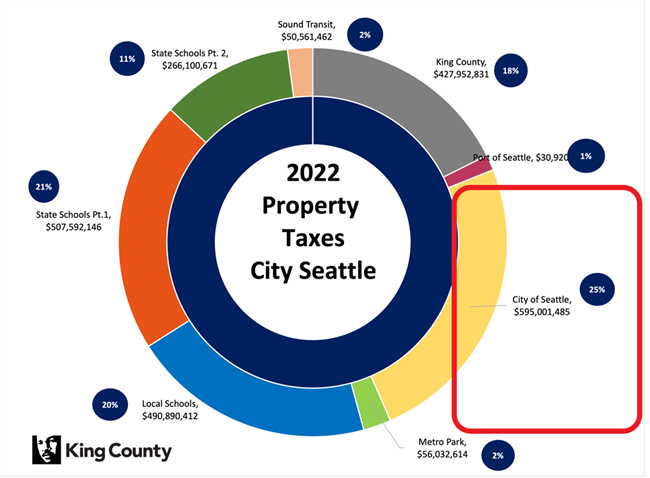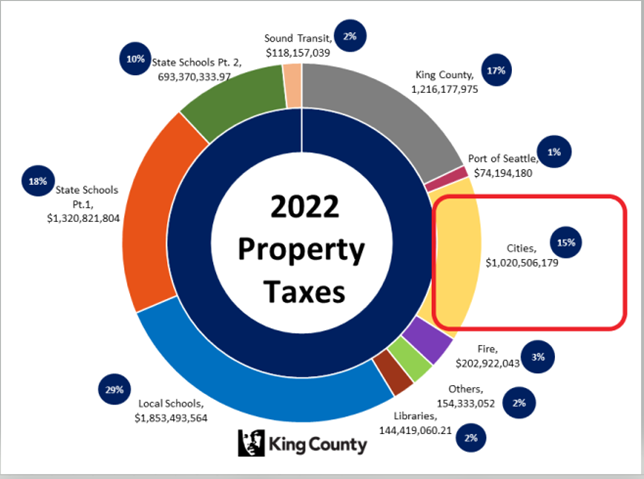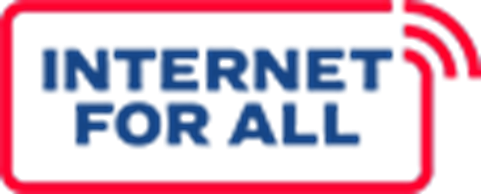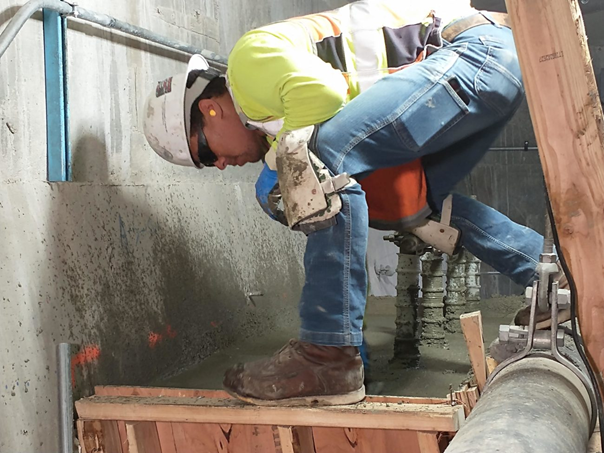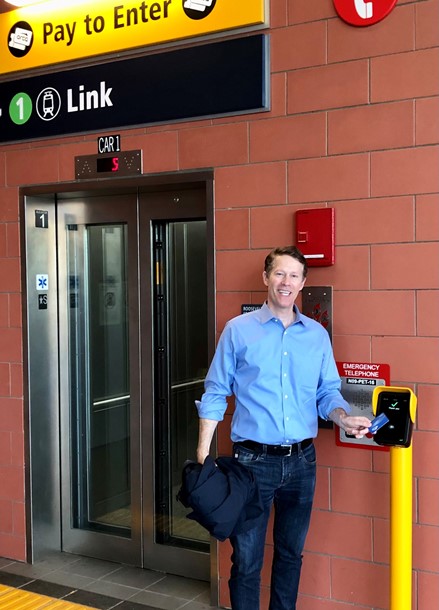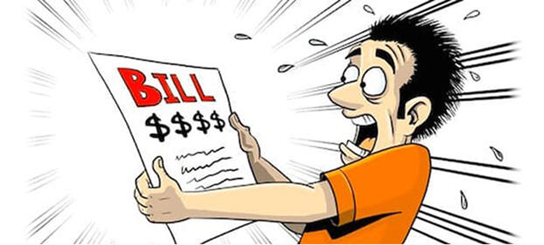Increasing Safety and Reducing Homelessness with City’s Budget
October 27th, 2022Friends and Neighbors,
Our October newsletter focuses on City Hall discussions on allocating Seattle’s $7.4 billion budget to address the issues that concern you the most. Reducing homelessness and increasing safety remain the top concerns across Seattle and so I’m likely to support Mayor Harrell’s budget proposals on those two important challenges.
Please click on the links below to zip to the sections that interest you the most:
- District 4: Engaging in the U District, View Ridge, Wallingford, Wedgwood, and more.
- Public Safety: Seattle University survey, policing policies 2020 vs 2022, and more.
- City Budget: investments to increase public safety and reduce homelessness, ways to engage, possible amendments, and calls to action.
- Transportation & Seattle Public Utilities Committee: Working on bridges, increasing pedestrian safety, Pete Buttigieg in Seattle, and more.
- Public Health and Environment: Call to Action to phase out gasoline-fueled leaf blowers, revealing emissions data, celebrating “Seattle Forest Week,” getting the lead out of aviation fuel, and ending the COVID-related State of Emergency.
- Providing Input: Poll results for Seattle and in-person office hours.
DISTRICT 4
Restoring Storefronts and Fixing Broken Windows in U District and Throughout Seattle
Mayor Harrell and citywide Councilmember Sara Nelson announce a Storefront Restoration (Broken Windows) Grant Fund for Small Businesses. Standing between Councilmembers Pedersen and Nelson is Moe Kahn, the owner of Cedars Restaurant on NE 50th Street and Brooklyn Ave NE. Proud that the nonprofit University District Partnership successfully piloted this economic revitalization program here in District 4 before City Hall launched it citywide. Even though Councilmember Pedersen (left side of photo) has “Resting Skeptic Face,” he is actually happy about this program! To apply to this program from our City’s Office of Economic Development, small business owners can CLICK HERE.
Mayor Engaging in Wallingford
Mayor Harrell met with small business leaders at Ivar’s Salmon House at the southeastern corner of Wallingford. Many celebrated the removal of criminal activity associated with some of the illegally parked RVs from Northlake Way; now we need to make sure the City departments sustain that progress.
“The recent surge in gun violence to unacceptable levels in the University District with multiple shooting victims requires a boost in crime prevention efforts from multiple agencies, so that we can increase public safety here and throughout Seattle.
“With the opening of the regional light rail station in the heart of the neighborhood, the return of tens of thousands of students to our world class campus, and new construction projects increasing vitality, the U District is at a pivotal moment to solidify a renaissance that can benefit all of Seattle. I’ve visited each crime scene, communicated with public safety officials, and I look forward to continuing collaboration with local law enforcement and other agencies and nonprofits to increase gun safety measures, to bring people experiencing homelessness inside faster, and to increase police patrols for faster response times.
To the parents of UW students, please know that I care deeply about this neighborhood – this is where I’m raising my kids, too.”
– Councilmember Alex Pedersen
Below is more information about those recent incidents:
- 10/6/2022: Seattle police to add extra patrols in University District, as reported by the Seattle Times, CLICK HERE.
- 10/3/2022: Seattle and UW leaders working on solutions, as reported by King 5 News, CLICK HERE.
- 10/2/2022: the incident on The Ave (University Way NE) at 43rd St as reported by the Seattle Police Dept, CLICK HERE.
- 10/1/2022: the incident on Brooklyn Ave at NE 42nd Street, as reported by the Seattle Times, CLICK HERE.
- 9/30/2022: incident under the Ship Canal Bridge at NE 42nd Street, as reported by MyNorthwest, CLICK HERE.
U District Art: The Magical Realm of Gargoyles Statuary
Explore Gargoyles Statuary, if you dare! Gargoyle Statuary is a much-loved small business in the heart of the U District open all year, but especially enticing — and haunting — during Halloween.
U District Street Festival $4 Food Walk
Councilmember Pedersen at the October 2022 $4 Food Walk enjoying an ice cream flavor from Bulldog News on the historic “Ave” that sounds too good to be true: “Coffee-Oreo” — Yummy! Visit Bulldog News to sample that flavor yourself, after perusing their voluminous reading materials. Speaking of the U District and small businesses, Councilmember Pedersen is very grateful to the civic engagement of the U District Rotary Club and their invitation to speak at their October meeting.
View Ridge’s Annual Community Council
Invited to the annual meeting of the View Ridge Community Council, Councilmember Pedersen responds to their concerns about public safety and pedestrian safety. Residents are eager to see SDOT do more to calm traffic on NE 70th Street, especially near the elementary school.
Wedgwood Businesses’ Halloween Trick or Treat Returns
After a two-year hiatus due to COVID, the Wedgwood business district will once again host Halloween Trick-or-Treat on October 31, from 4:00 p.m. to 6:00 p.m. The Wedgwood Community Council is coordinating this event. They are also looking for volunteers to serve as crossing guards for the ghosts and ghouls haunting the neighborhood. If you are interested, email them at: info@wedgwoodcc.org. Goblins and their families should look for the poster above in the window of participating businesses. As announced by Neighborhoods for Smart Streets, Gabe Galanda promises his law firm will be giving out full-size candy bars!
If you’re on the other side of our district in Wallingford, check out the “Haunted Alley” on October 30 or 31 from 5:00 p.m. to 8:00 p.m. — entrance on 52nd Street between Kirkwood Pl and Kensington. For more on that spooky location, check out the neighborhood blog Wallyhood: CLICK HERE.
Use the Find It, Fix It App or Call the City’s Customer Service Bureau
If you see trash, graffiti, or other problems with City government operations, safely take a photo and upload it to the Find It, Fix It app on your smart phone or call the City’s Customer Service Bureau at 206-684-CITY (2489). Neighbors and small businesses will sometimes notice a problem before the relevant government frontline worker. By using the app or calling your city government, you can pinpoint the problem faster for cleaning or fixing. As the Mayor often cheers: “One Seattle!” For more info, CLICK HERE. Thank you!
PUBLIC SAFETY
Take the Public Safety Survey by Seattle University
The annual public safety survey is conducted by Dr. Jacqueline B. Helfgott (pictured above), professor of Criminal Justice and director of the Crime & Justice Research at the Seattle University Department of the Criminal Justice. The Seattle Public Safety Survey is being administered Oct. 15 through Nov. 30, 2022 in 11 languages.
- To take Seattle’s Public Safety Survey, CLICK HERE.
- For the October 10, 2022 Op Ed in the Seattle Times highlighting the public safety survey and explaining elements of Seattle’s “Before the Badge” orientation program, CLICK HERE.
- For a Seattle Times article about the public safety survey, CLICK HERE.
“Defunding” Debate in 2020 and 2022 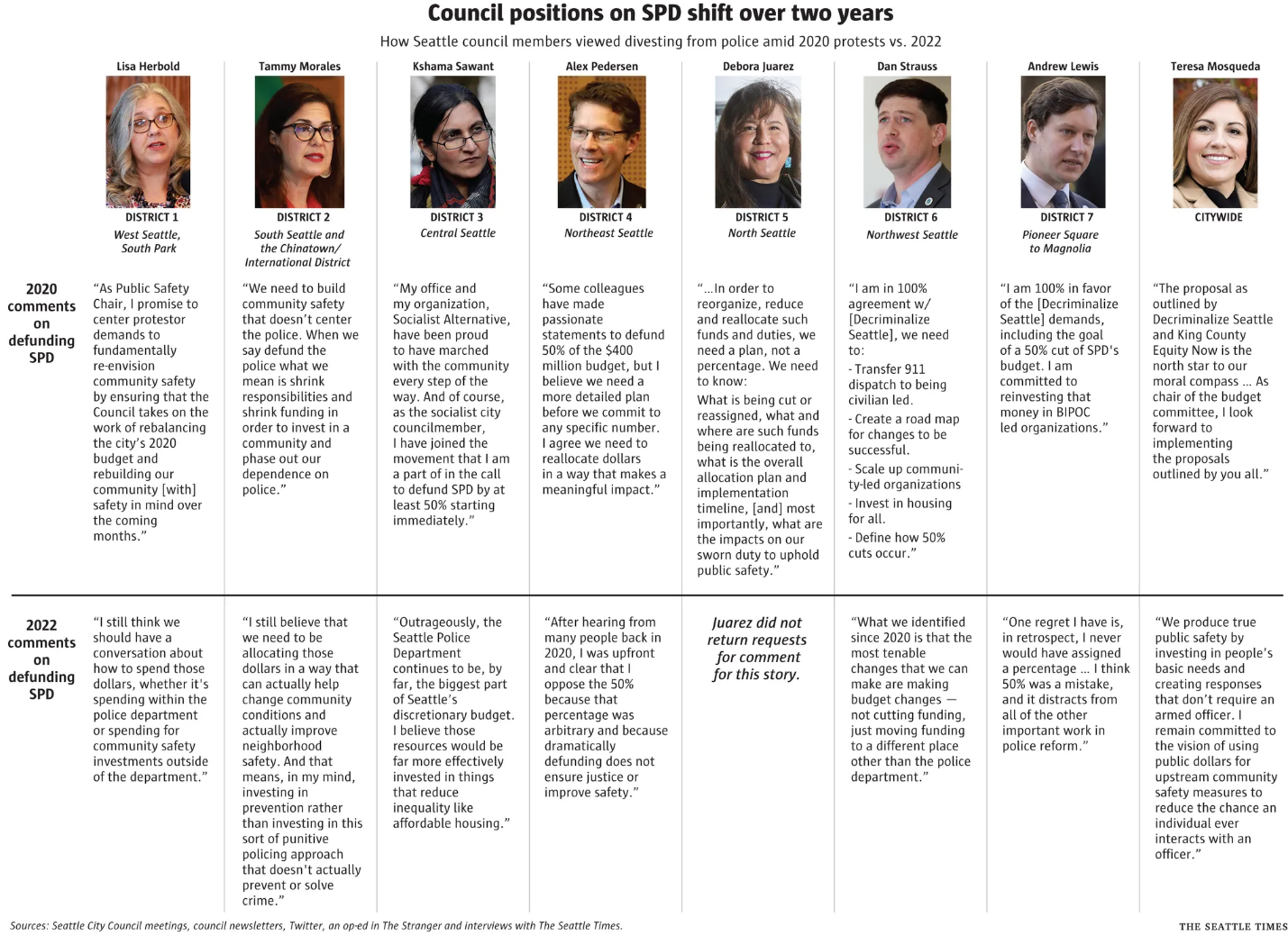
The Seattle Times recently compared positions on “defunding the police” between 2020 and 2022. Here’s an excerpt: “…Councilmember Alex Pedersen and now-Council President Juarez have consistently rejected the idea of defunding SPD since 2020. ‘I was upfront and clear that I opposed the 50% cut because that percentage was arbitrary and because dramatically defunding does not ensure justice, or improve safety,’ Pedersen said this summer.”
For the full Seattle Times article, CLICK HERE.
While I consistently opposed arbitrary defunding, our District 4 has had diverse representation on that public safety issue because the District has been represented by two citywide Councilmembers as well. That’s a benefit of our city’s hybrid system of legislative branch representation: 7 geographic districts and 2 at-large (citywide) Councilmembers. To the extent that opinions diverge on complex issues such as police staffing, the residents of each district (including our District 4) have a variety of outlets not only to have their voices heard but also to amplify them.
2020 was a tumultuous time and several police accountability reforms were adopted by the State of Washington in 2021 and then refined in 2022. There is still much work to do, including the deployment of alternative responses to some 9-1-1 calls and a better labor contract with the Seattle Police Officers Guild (SPOG) — a contract that technically expired on December 31, 2020. (Note: when a City labor contract “expires,” the terms of that contract – including discipline processes and compensation levels — typically continue until a new contract is executed by the employee union and City “management” — as authorized by the Mayor, Police Chief, and City Council). As policymakers know, federal and State labor laws and employee union contracts supersede many other legal and budgetary frameworks. This means that one of the most meaningful ways to expand and deepen reforms is to update the labor contracts, rather than moving money around. I hope to see that contract updated and finalized next year for the good of the City and the officers.
CITY BUDGET AND TAXES
Many thanks to all the constituents who took time from their evening to join me and my talented team for a recorded Town Hall focused on the City Budget. I’m grateful to City Budget Office Director Julie Dingley for her informative presentation to our constituents. And thanks to the Council’s communications team for making sure the tech ran smoothly and for creating this recording for other constituents to view. To view the Town Hall, CLICK HERE.
A month ago, Mayor Harrell unveiled his first proposed budget as the City’s chief executive. The City Council has until December to review, amend, and adopt a balanced budget.
POTENTIAL AMENDMENTS:
I look forward to hearing from YOU. While we are far along in the budget process and getting support for amendments at this point can be challenging, you are welcome to send budget ideas to me and my team at Alex.Pedersen@seattle.gov. Here’s what I’ve heard consistently from constituents: the top challenges for Seattle remain public safety and homelessness. In general, I support the Mayor’s proposals for those two big issues. Here are some potential amendments and, if you support them, please email Council@seattle.gov or click the button below.
Call to Action for a Sensible Seattle Budget
Increasing Public Safety:
- I plan to support Mayor Harrell’s public safety budget proposals.
Reducing Homelessness:
- I plan to support Mayor Harrell’s budget proposals to reduce homelessness, including his budget proposals for the “Unified Care Team.”
- I’m also open to expanding effective shelter and voucher programs to bring more people inside faster by the King County Regional Homelessness Authority (KCRHA). I’d also like to see the City’s Office of Housing implore nonprofits to provide their hundreds of vacant, available apartment units to more people experiencing homelessness.
Expanding Pedestrian Safety:
- Support more “Vision Zero” pedestrian safety projects where the most pedestrian fatalities have historically occurred, such as in South Seattle.
- Make safe the treacherous NE 45th Street I-5 overpass that connects Wallingford to the new light rail station in the U District, a Vision Zero project promised by the Move Seattle Levy. Add $1.5 million to SDOT to follow-through on the studies completed last year (SDOT-106-A-001-2023). Note: a proposed $10 increase in Vehicle License Fees (VLF) could be a source of funds for this overpass pedestrian project in 2023 — with future funds going 50/50 toward Vision Zero pedestrian safety projects and bridge maintenance via SDOT-505-A-001-2023).
- Double the School Safety Zone Speed Enforcement Cameras: Currently only 19 out of 100 Seattle public schools benefit from this Vision Zero effort to protect young pedestrians. Add $1 million in 2023 and more in 2024 to increase the number of enforcement cameras from 35 to 70 to cover 40 locations (SDOT-103-A-001-2023). The upside: this program actually earns net revenue that can be reinvested in more pedestrian safety!
- Save the Neighborhood Street Fund Vision Zero projects! The Move Seattle Levy Oversight Committee is reviewing 17 potential projects. These community-driven pedestrian safety projects need $3.5 million more because the projects will cost $7.6 million, but the levy has only $4 million available (SDOT-105-A-001-2023).
Protecting Our Environment:
- Create a citywide “Urban Forestry Manager” or “Chief Arborist” in the Office of Sustainability & Environment with jurisdiction across City departments to lead the conservation and planting of tree infrastructure to strengthen Seattle’s resiliency to climate change (OSE-005-A-001-2023). This follows through on our efforts from last year.
- Accelerate Phase Out of Harmful Gas-Powered Leaf Blowers to support public health, workers, and our environment. Add $200,000 to Seattle Parks Department to transition from gasoline-fueled machines to electric blowers – and to reduce where they use any leaf blowers to implement Resolution 32064. (SPR 004-B-001-2023 and related Statement of Legislative Intent).
Addressing Low-Income Housing, Equity, and Prevention of Displacement:
- Sustain the opportunities for low-income children to thrive: Add $193,000 to Parks Department to continue an after-school program for resettled and immigrant children who are predominantly low-income and residing at Magnuson Park (SPR-002-A-001-2023).
- Require the Environmental Impact Statement (EIS) by the Office of Planning and Community Development (OPCD) to explore options to prevent the displacement of existing residents, minimize the demolition of existing affordable housing, and maximize the amount of new housing dedicated to low-income residents (i.e. those most in need) (OPCD-002-A-001-2023).
- Bridge the Digital Divide in Seattle by finally implementing the “Internet for All” Resolution 31956 to expand access to affordable high-speed internet, so that less fortunate neighbors can access education, jobs, medical care, and other information vital for a strong democracy. Despite being a high-tech city, there is still a digital divide, so let’s do more to close that gap. A recent study confirmed racial disparities in the quality of internet service in several cities — including Seattle. Add $300,000 to the Technology Matching Fund and add $250,000 for “Digital Navigators” to help people connect to the internet (ITD-001-A-001-2023).
Boost Transit Capital Projects:
- For the next two years, let’s boost the allocation for transit-related capital projects by another $3.5 million. The Seattle Transit Measure (STBD) has ample reserves, carry-forward dollars, and approximately $3.5 million in savings from the State picking up the tab for “free” youth fares. While the mayor’s budget adds $3 million to capital projects, that’s from higher-than-expected revenues for 2023. Therefore, we should do more for transit-related capital projects to meet the demand across Seattle. Such projects improve the safety, speed, and reliability of clean, public mass transit. As transit ridership increases in 2024 and 2025, these funds will be available for additional transit service hours (SDOT-502-B-001-2023).
Boost Bridge Safety: A recent poll shows that “maintaining bridges and infrastructure” continues as a top concern for Seattle residents. Unfortunately, the budget as currently proposed fails to increase investments in bridges. With the 2 ½ year shutdown of the West Seattle Bridge, other bridges getting stuck, and the disturbing audit I ordered in 2020 showing our bridges in bad condition, we need to invest more now. Earlier this year, SDOT rejected the $100 million in bonds that we authorized for bridge safety. Therefore, I plan to request a sensible downpayment toward addressing this infrastructure need:
- A $9.7 million annual increase in bridge maintenance. There are several items deemed by our City Auditor as “bridge maintenance,” and this would bring those up to the bare minimum of $34 million for maintenance overall. The City Auditor recommends investing between $34 million to $102 million each year on bridge maintenance. That would be in addition to promised seismic upgrades to bridges and the replacement of dangerous bridges, which are still unfunded. (SDOT-104-A-001-2023).
Ask City Council to Support Pedersen’s Amendments
Other Amendments: I’ll also be supporting (“co-sponsoring”) amendments from some of my Council colleagues, especially to increase public safety and to reduce homelessness. I also want to hear more from my constituents!
HAVE YOUR VOICE HEARD AS COUNCIL AMENDS AND ADOPTS THE CITY BUDGET:
- To call into the public hearings November 8 (9:30 a.m.) and November 15 (5:00 p.m.), go to: https://www.seattle.gov/council/committees/public-comment. You can sign up two hours in advance of the meeting start time.
- Write anytime to all 9 City Councilmembers using this email address: Council@seattle.gov. Or you can write just to me at Alex.Pedersen@seattle.gov. Our Budget Committee Chair is also one of your citywide Councilmembers Teresa.Mosqueda@seattle.gov. (Your other citywide CM is Sara.Nelson@seattle.gov.)
MORE BUDGET INFO:
For an overview of the budget process AFTER the Council receives the Mayor’s budget, CLICK HERE.
Pro Tip: Get the Mayor and his executive City departments to insert your budget request into their original proposal between April and September. Why? Because once the mayor submits his budget, he’s “used up” all the available revenue and so it’s difficult to (a) find additional funds AND (b) garner the support of the Budget Chair AND the rest of the Councilmembers to make changes.
- For Mayor Harrell’s budget proposal for calendar year 2023, CLICK HERE. For the Mayor’s September 27, 2022 press release, CLICK HERE. To read his speech as originally written, CLICK HERE. To watch his speech (the mayor speaks from the heart and often ad-libs :), CLICK HERE. For the lengthy budget documents, CLICK HERE.
- For the City Council Budget Chair Teresa Mosqueda’s September 27, 2022 press release directly after receiving the mayor’s budget proposal, CLICK HERE.
- For the existing City budget adopted November 2021 for calendar year 2022 and previous budgets, CLICK HERE.
TRANSPORTATION & SEATTLE PUBLIC UTILITIES COMMITTEE
(This is the Committee currently chaired by Councilmember Pedersen, so we provide extra information on its issues.)
Strengthening the Lower Spokane Swing Bridge
After re-opening the West Seattle “high” bridge on September 17, 2022, work accelerated on improving the West Seattle “low” bridge (the Spokane Street Swing Bridge). Other moveable bridges that need upgrades: the Ballard Bridge, the Fremont Bridge, and the University Bridge. The State government already upgraded the Montlake Bridge, which they own. I’m proposing an amendment to the budget to boost bridge maintenance. In a recent poll, 83% of Seattle residents surveyed said that maintenance for bridges and other infrastructure would help to improve the quality of life.
Vision Zero Progress: 20% decrease in traffic fatalities this year, but still too many
I support the top-to-bottom review initiated by the new SDOT Director Greg Spotts to ensure we are making the most targeted and practical investments that actually reduce traffic-related fatalities and serious injuries, so that we finally fulfill the City’s “Vision Zero” policy.
Here is the most recent traffic fatality data from SDOT:
For 2022, the data above is through the 3rd quarter (Sept 30, 2022), so it does not include, for example, the pedestrian killed by a hit-and-run driver on Aurora Avenue North on October 10, 2022 or the pedestrian killed on Rainier Avenue South on October 21, 2022, two especially dangerous arterials.
Another important part of the data: the percentage of people experiencing homelessness who have been killed by vehicles. I believe this reinforces the need to bring people inside faster:
Meeting Transportation Secretary Pete Buttigieg at City Hall
Pete Buttigieg, the U.S. Secretary of Transportation, visited Seattle to discuss the need to build up the workforce to work on transportation infrastructure projects — both back-to-basics infrastructure as well as a methodical increase in the use of cleaner technologies. Yes, Secretary Buttigieg is as charming in person as he is on TV. Boosting our workforce for infrastructure, including iron workers, carpenters, electricians, and laborers will enable more people growing up in Seattle to afford to live in Seattle. During that meeting, I appreciated Mayor Harrell highlighting the need to invest more in Seattle’s bridges.
PUBLIC HEALTH and ENVIRONMENT
Emissions Reduced Due to Less Mobility During COVID Pandemic; Actions Needed to Make Sustainable Progress
Seattle’s 2020 Greenhouse Gas (GHG) inventory found a remarkable decrease in greenhouse gas emissions since the prior 2018 report, but most of the reductions are likely temporary and attributed to the impacts of the COVID-19 pandemic. According to the study, there was a 24% decrease in emissions, a 5% decrease in building emissions, and a 12% decrease in waste-related emissions. But, again, these reductions are likely temporary. In addition to boosting transit ridership, I believe that electrifying our transportation systems, including our fleet of local government vehicles, is vital for reducing emissions in a sustainable, permanent way. For more strategies, review the report.
- For the press release about 2020 emissions here in Seattle, CLICK HERE.
- For additional confirmation about the benefits of electric vehicles, CLICK HERE. For an article on the need for the State of Washington to subsidize electric vehicles, CLICK HERE.
Urge City Council to Fund Phase Out of Gasoline-Powered Leaf Blowers
More than 100 cities are banning harmful, gas-powered leaf blowers. Similar to City Hall’s efforts to protect our city’s tree canopy (which lost 255 acres of trees since 2018), phasing out gas-powered leaf blowers is another environmental issue in which Seattle has been falling behind. We can do better. The least we could do is make sure our City budget makes actual progress on phasing out these harmful machines faster and to take seriously our unanimous adoption of Resolution 32064. Why would our City departments not quickly implement this pro-worker, pro-environment, low-cost measure to remove the excessive noise and toxic fumes in the face of this climate crisis? Unfortunately, we did not see mention of phasing out gas-powered leaf blowers in the Executive’s City budget proposal unveiled on September 27, 2022. I have proposed a modest investment to accelerate efforts to rid city government of these harmful machines: Just $200,000 in 2023 and $200,000 in 2024.
I have also proposed a sensible “Statement of Legislative Intent” (SLI) asking the Seattle Parks and Recreation Department (SPR) to report next year on its usage of gas-powered leaf blowers, as called for by Resolution 32064. SPR is the single largest user of leaf blowers, and this report would further inform SPR’s and the Council’s efforts to eliminate the use of gas-powered machines as soon as possible.
The budget proposal (SPR-004-A-001-2023) and the SLI (SPR-300-A-001-2023) are both available by CLICKING HERE.
Thank you to everyone who has already sent emails to the City Council or Mayor!
Urge City Council to Support Pedersen’s Budget Amendments to Phase Out Gas-Powered Leaf Blowers
- For the excuses we’ve heard in the past and our rebuttals, so we can finally speed up the removal of these harmful machines, CLICK HERE for my blog posts.
- For the adopted Resolution 32064, CLICK HERE.
- For our press release when Council unanimously adopted the Resolution on September 6, 2022, CLICK HERE.
- For video of the committee meeting, including the testimony from Washington, D.C., CLICK HERE.
- For testimony from the group “Quiet Clean Seattle,” CLICK HERE.
- For our Central Staff’s memo, CLICK HERE and for their PowerPoint, CLICK HERE.
- For additional information sources used in our research, including the scientific evidence, CLICK HERE.
My office is very grateful to 2nd year graduate students earning their master’s in public administration from the University of Washington’s Evans School of Public Policy and Governance who assisted in the research of this important topic.
Celebrating “Forest Week” in Seattle
“Seattle Forest Week” lasts through Saturday, October 29. For the full schedule on the Green Seattle Partnership website, CLICK HERE.
- For a Seattle Times article about Seattle Forest Week, CLICK HERE.
- For the article entitled “Seattle Bill Aims to End ‘Wild West’ of Tree Cutting” from the Seattle Times, CLICK HERE.
- More about protecting our trees at: https://pedersen.seattle.gov/strengthening-seattles-tree-ordinance/.
Harmful Leaded Gasoline Still Used by Small Planes Flying Over Seattle
As many of you might remember, harmful lead-based gasoline was phased out decades ago. What you might not know is that many small aircraft still use lead-based fuel, including small planes flying low over Seattle, including take off and landing adjacent to our Council District. I’m grateful to Seattle School Board Director Lisa Rivera-Smith for lifting up this issue of concern. As Chair of Seattle’s Transportation Committee, my office researched this concern to see who had jurisdiction and we landed on the U.S. Environmental Protection Agency (EPA) and the Federal Aviation Administration (which is part of the U.S. Department of Transportation). I wrote to the EPA in May and September, asking them to take action. Thankfully, the EPA was already working on it.
On October 7, 2022, the EPA announced the proposed determination that emissions from aircraft operating on leaded fuel cause or contribute to air pollution that may reasonably be anticipated to endanger public health and welfare.
This action will undergo public notice and comment and, after consideration of comments, the EPA plans to issue any final endangerment determination in 2023.
If the EPA makes a final determination that aircraft engine emissions of lead cause or contribute to lead air pollution that may reasonably be anticipated to endanger public health or welfare, the EPA would subsequently propose regulatory standards for lead emissions from aircraft engines. Such a final determination would also trigger the FAA’s statutory mandate to prescribe standards for the composition or chemical or physical properties of an aircraft fuel or fuel additive to control or eliminate aircraft lead emissions.
The FAA has two integrated initiatives focused on safely transitioning the fleet of piston-engine aircraft to an unleaded future: the Piston Aviation Fuels Initiative (PAFI) and the FAA-industry partnership to Eliminate Aviation Gasoline Lead Emissions (EAGLE). For information about these initiatives, go to https://www.faa.gov/about/initiatives/avgas. In addition, the FAA has approved the safe use of an unleaded fuel that can be used in a large number of piston-engine aircraft, along with other unleaded fuels for specific aircraft.
- For Councilmember Pedersen’s May and September 2022 letters urging action from the EPA, CLICK HERE.
- For more information about leaded aviation gasoline from the Federal Aviation Administration (FAA), CLICK HERE.
- For more information about leaded aviation gasoline from the Environmental Protection Agency (EPA), CLICK HERE.
Mayor and Governor Ending “Civil Emergency” for COVID October 31
On October 11, 2022, Mayor Bruce Harrell announced that the City of Seattle is preparing for the next chapter in the COVID-19 pandemic and plans to officially end its Civil Emergency Proclamation after October 31, 2022. This change aligns Governor Jay Inslee’s decision to end the statewide state of emergency on the same date.
- For the latest official COVID data from King County Public Health, CLICK HERE or use this website: https://kingcounty.gov/depts/health/covid-19/data/daily-summary.aspx
- To register to receive the vaccine or booster in Seattle, CLICK HERE. Information is also available in Amharic, Chinese, Korean, Somali, Spanish, and Vietnamese.
- For the most recent information on combating COVID from King County Public Health, CLICK HERE.
- If you need language interpretation, help finding a vaccination or testing site, or ADA accommodation, call the King County COVID-19 Call Center at 206-477-3977, 8:00 a.m. to 7:00 p.m.
- For the latest COVID pandemic coverage from the Seattle Times, CLICK HERE.
WE WANT TO HEAR FROM YOU:
Ways to Provide Input
New Citywide Poll Shows People Want Faster Results on Public Safety and Homelessness
In a rare and welcome move, an organization conducting a statistically valid poll of Seattle residents has published all their findings online for the public to see. While the poll is generously funded by the Metropolitan Chamber of Commerce, representing large employers in the Puget Sound region, it is conducted by a highly reputable surveying firm: EMC Research. The results validate what I heard when many of you answered your door for me back in 2019: homelessness and safety remain the top concerns. Not surprisingly, this poll also shows an overall impatience, frustration, and lack of trust regarding City Hall’s efforts to address those top concerns so far.
Typically, you can find what you want to hear or believe in any poll if you look hard enough and/or you can pick apart the methodology of a poll. But after reviewing this poll (“The Index”) three times over the past 18 months or so, I believe it has earned credibility in how it strives to be fair in obtaining and presenting this statistically significant data.
Overall, the survey confirms strong support for hiring more police officers, including relatively strong support among those who identify as people of color as well as residents of South Seattle.
- For the topline results of the Seattle poll, CLICK HERE.
- For the “crosstabs” to compare topline results based on demographics, CLICK HERE.
- For an explanation of the poll and its recent history, CLICK HERE.
City Council Meetings on the Internet
Viewing & Listening: You have a few options to view and hear Seattle City Council meetings. To view Council meetings live on Seattle Channel, CLICK HERE. You can also listen on your phone by calling 253-215-8782. To view the recordings of City Council meetings that have already occurred, CLICK HERE.
NEW IN 2022: Our City Council meetings moved to Tuesdays at 2:00 p.m. Even after returning to in-person meetings, the public will still be able to call in their comments at City Council meetings – this is an important upgrade for public input. I would have supported moving our main Council meeting to the evenings to make it easier for people with day jobs to visit us, but the technological upgrades now enable anyone to call into the public comment periods. We also updated our City Council Rules and parliamentary procedures to improve the efficiency of the City Council by enabling Councilmembers to focus their work on city government business rather than on Resolutions on other issues such as international affairs.
Commenting: You can submit comments to me at Alex.Pedersen@seattle.gov or to all 9 Councilmembers at Council@seattle.gov. For the instructions on how to register and call in to a meeting, CLICK HERE. Sign up begins two hours prior to the meeting start time.
Meetings with Your Councilmember Pedersen: In Person Again!
Hurray! I’ve restarted in-person office hours on Friday afternoons and, as anticipated, we moved them to the Ravenna-Eckstein Community Center (6535 Ravenna Avenue NE, Seattle, WA 98105) to be more centrally located and within walking distance of light rail. Note: On some Friday afternoons, the community center needs that space and so, on those days, I’ll continue to schedule virtual in-district office hours to connect with constituents via phone or Webex. Either way, please continue to sign up through my website or by CLICKING HERE, so I can hear your ideas, concerns, and requests. You can also just send an e-mail to alex.pedersen@seattle.gov.
For previous e-newsletters, visit my blog by CLICKING HERE.
We are getting through this together, Seattle!
With gratitude,

Councilmember Alex Pedersen
Seattle City Council, District 4
Email: Alex.Pedersen@seattle.gov
Phone: (206) 684-8804

